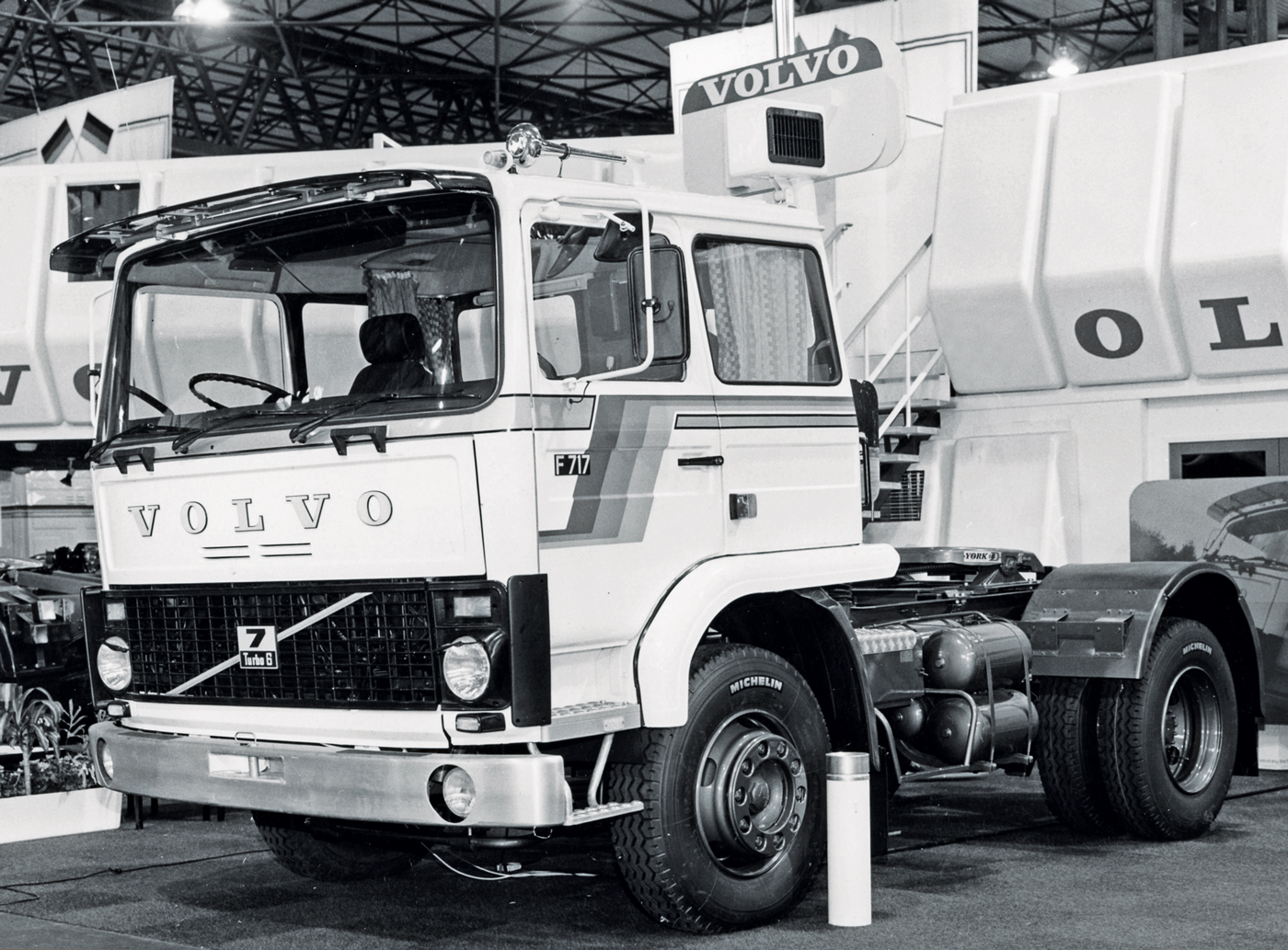A celebration of greatness
A celebration of greatness
The 2024 International Truck of the Year will be announced next month during the Solutrans exhibition in Lyon, France. It will no doubt be a truck that symbolises greatness in all respects – the latest vehicle in a long line of exceptional trucks. RICHARD STANIER pays tribute to the previous winners.
From humble beginnings in the UK, the International Truck of the Year (IToY) award has become an essential feature of the global trucking scene. Since its inception, the basic criteria have been for a truck introduced into the market in the previous 12 months, which has made the greatest contribution to road transport efficiency. The judging criteria currently include technological innovation, comfort, safety, driveability, fuel economy, environmental footprint, and total cost of ownership. The list of previous IToY winners documents the tremendous advances made in road transport since the award’s inception.

Seddon Atkinson 200
The Truck of the Year award was initiated by the late Pat Kennett, editor of Truck magazine, in 1977. His choice for the “best new truck of 1976” was the Seddon Atkinson 200. The 200 was a single 16-tonne gross vehicle mass (GVM) model, powered by the unfamiliar International D-358 straight-six engine matched to an Eaton five-speed box. With an Eaton drive axle, the 200 was fitted with a day cab derived from its big brother, the successful 400 Series.

MAN 280
For the award’s second year, Kennett shared the decision-making responsibilities with colleagues from four northern European countries. The panel duly elected the MAN 280 as the winner, with its “commendably simple design having the ability to earn revenue at low cost, perform adequately with the utmost safety, and to keep on working with minimum interruption” pushing the new Volvo F10/12 into second place.
Volvo F7
With the jury now comprising seven nations, the award was given for the first time to an entire truck range: the Volvo F7. At the heart of the two-, three-, and four-axle rigids and two-axle tractors was the 6.7-litre TD 70 engine, which was the first production Volvo to be offered with intercooling. Along with the stylish new cab, this helped the F7 triumph over the F10, which was still eligible for consideration.
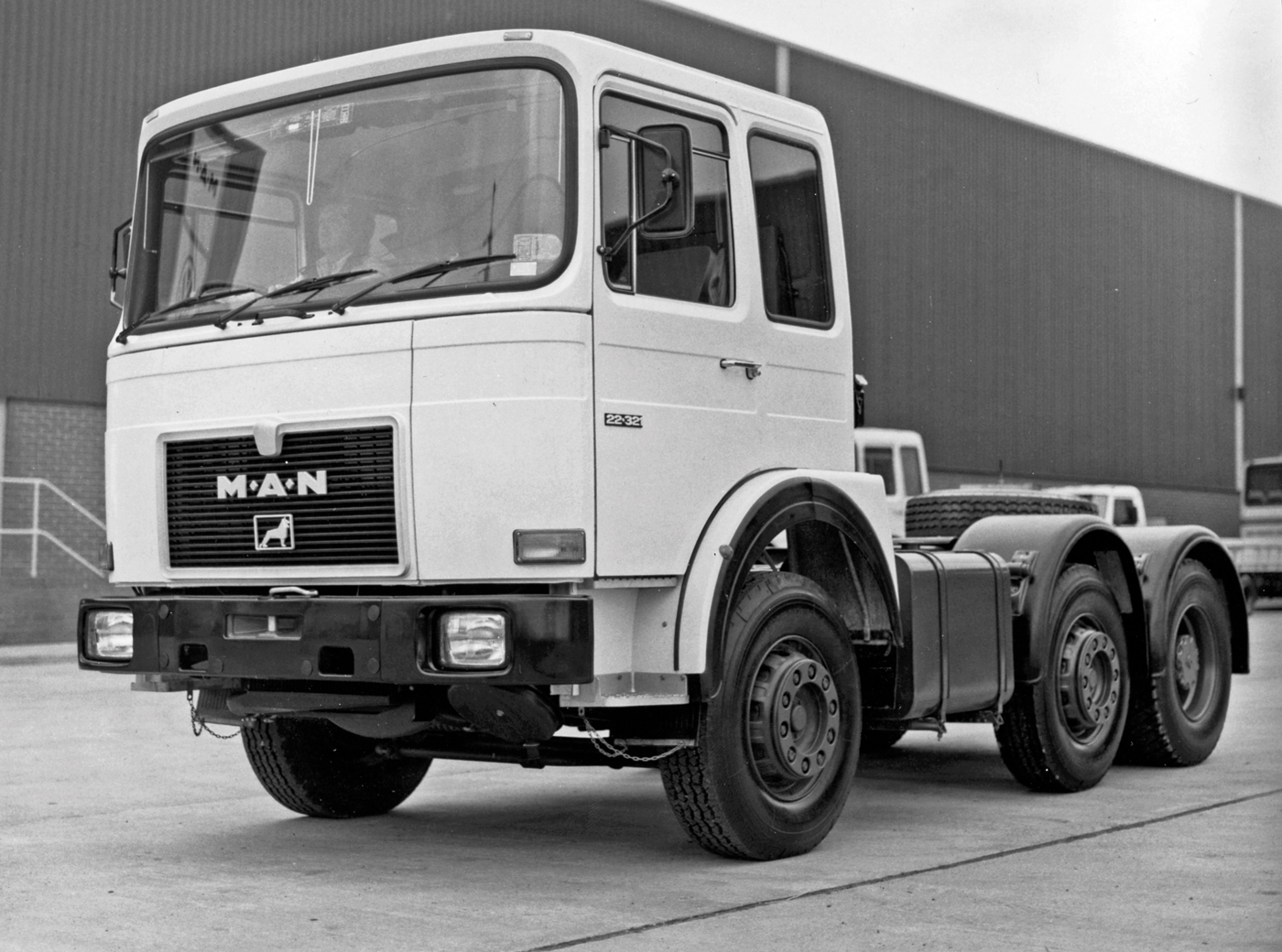
MAN 321
The continuing refinement of MAN’s D2566MK engine found favour with the judges in 1980, with the introduction of a resonant charge system to allow greater air induction and higher torque development at much lower engine speeds. The ease of driving, MAN’s extensive European service network, and the multiple cab specifications offered through the “Vario-System” all contributed to the 321’s success.
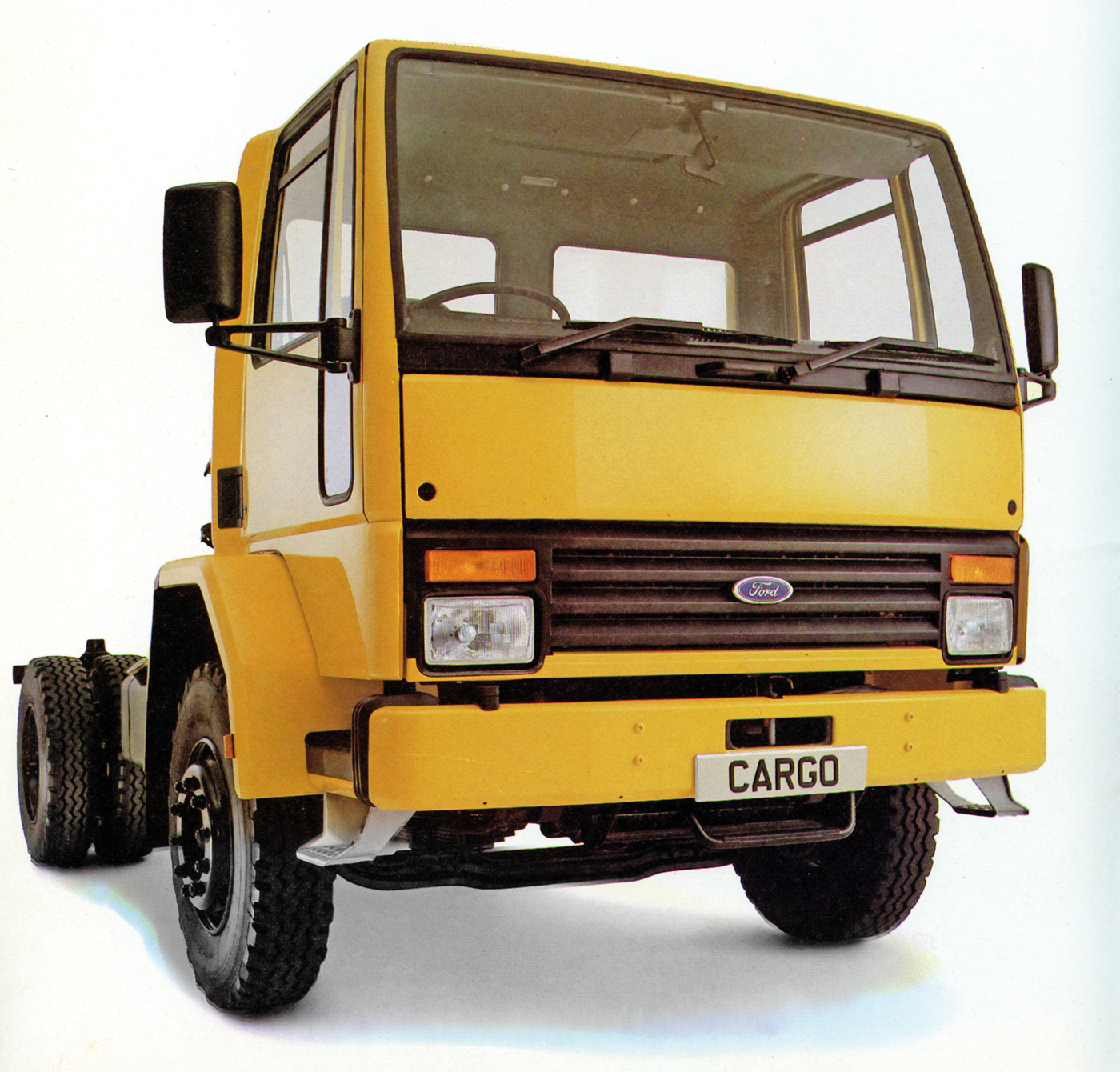
Ford Cargo
In 1982, the Cargo comfortably knocked Scania’s new G, P, and R models into second place. The judging panel, now consisting of 12 countries, was impressed with how the Cargo had been engineered to suit conditions in each of their countries, while ride and handling characteristics also found favour. The judges drew attention to the wide variety of options available, so that the award was for the entire range, which constituted “the nearest thing yet to a world truck”.
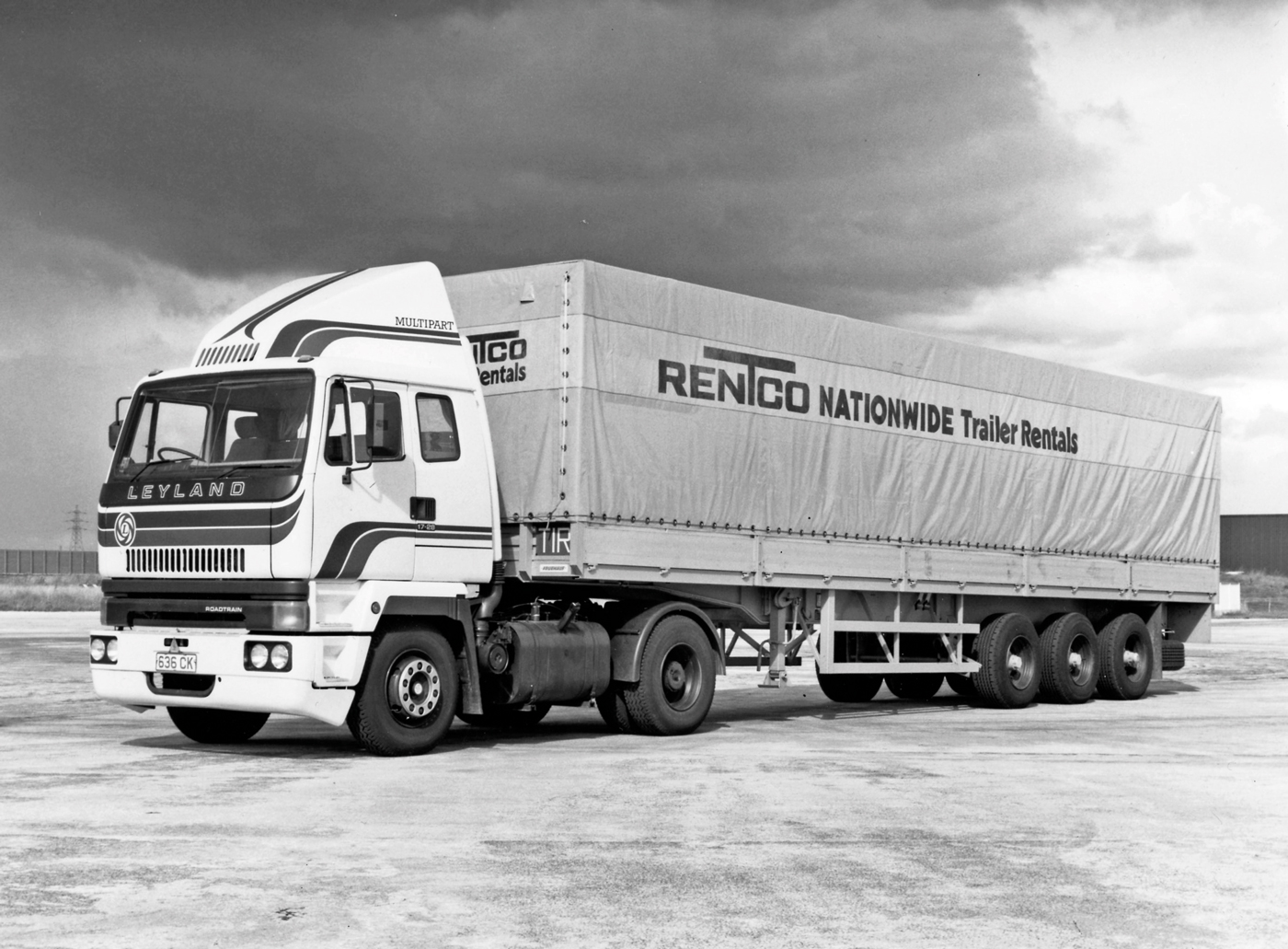
Leyland T45
In a very difficult year for truck builders, Leyland scored a narrow victory to take the 1981 award with the T45 range. Featuring a brand-new aerodynamic cab styled by Ogle Design, the Roadtrain model appealed to the 10 judges, who favoured the thought given to problem diagnosis and the need for rapid servicing. The truck represented Leyland’s last roll of the dice to maintain a role amongst Europe’s major players.
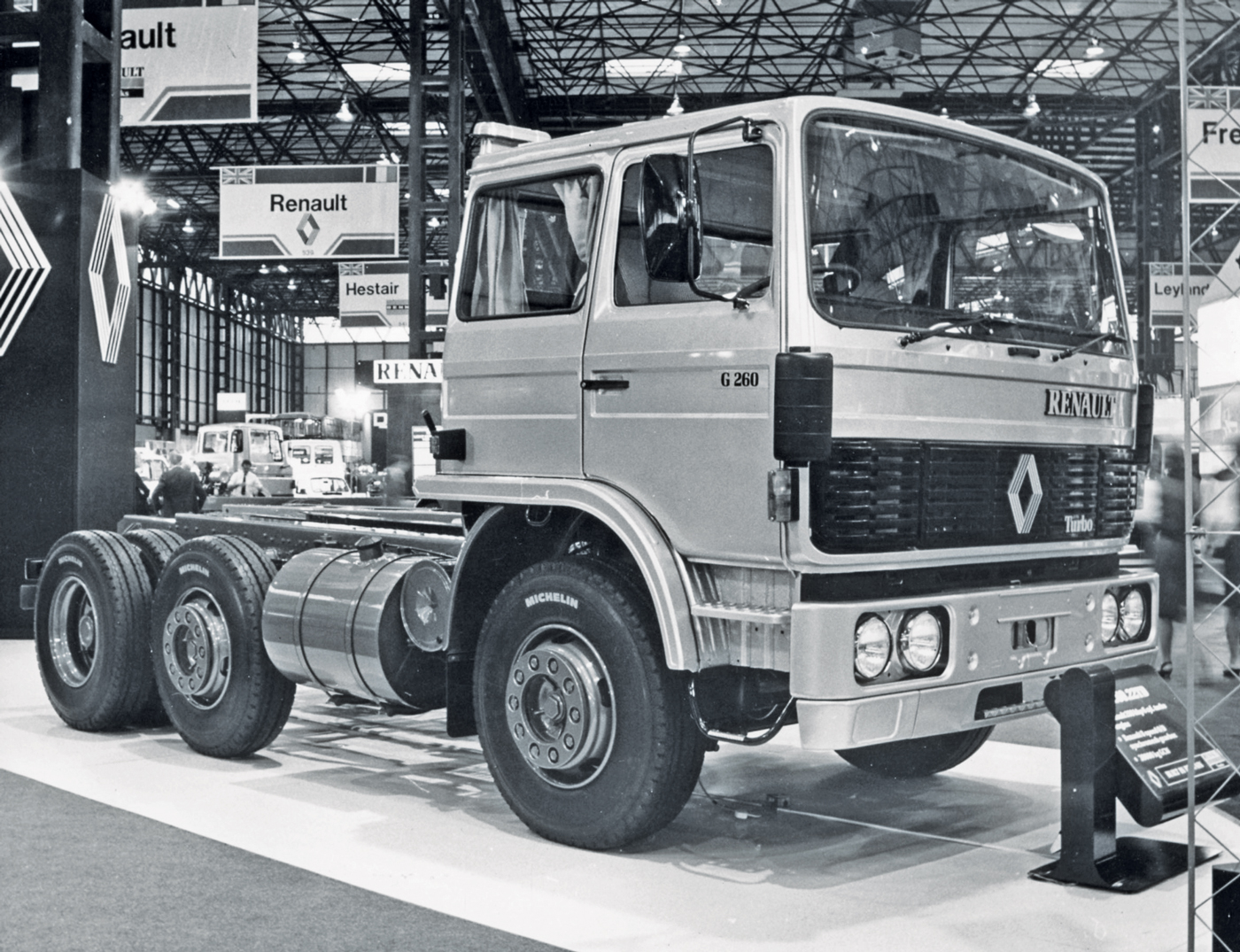
Renault G260
Regarded as the first new model developed by RVI (rather than being an updated Saviem or Berliet design), the G260 was perhaps an unlikely winner, but it distinguished itself with its versatility. The judges claimed the G260 created a “new market sector” with a truck capable of medium and long haul as well as maximum weight work, yet also light and compact enough to be suitable for local distribution duties. Excellent fuel economy also worked strongly in the G260’s favour.

Volvo F10
Having missed out on the award in 1978 and 1979, the revised Volvo F10 triumphed in 1984. The “Facelift 83” Volvo featured a cab length extended by six inches, increased height above the bunk, and an intercooled version of the 9.6-litre TD101F engine rated at 299hp. Superior performance and improved consumption achieved at lower engine revs, longer springs for a better ride, and a quieter cab all contributed to the win.
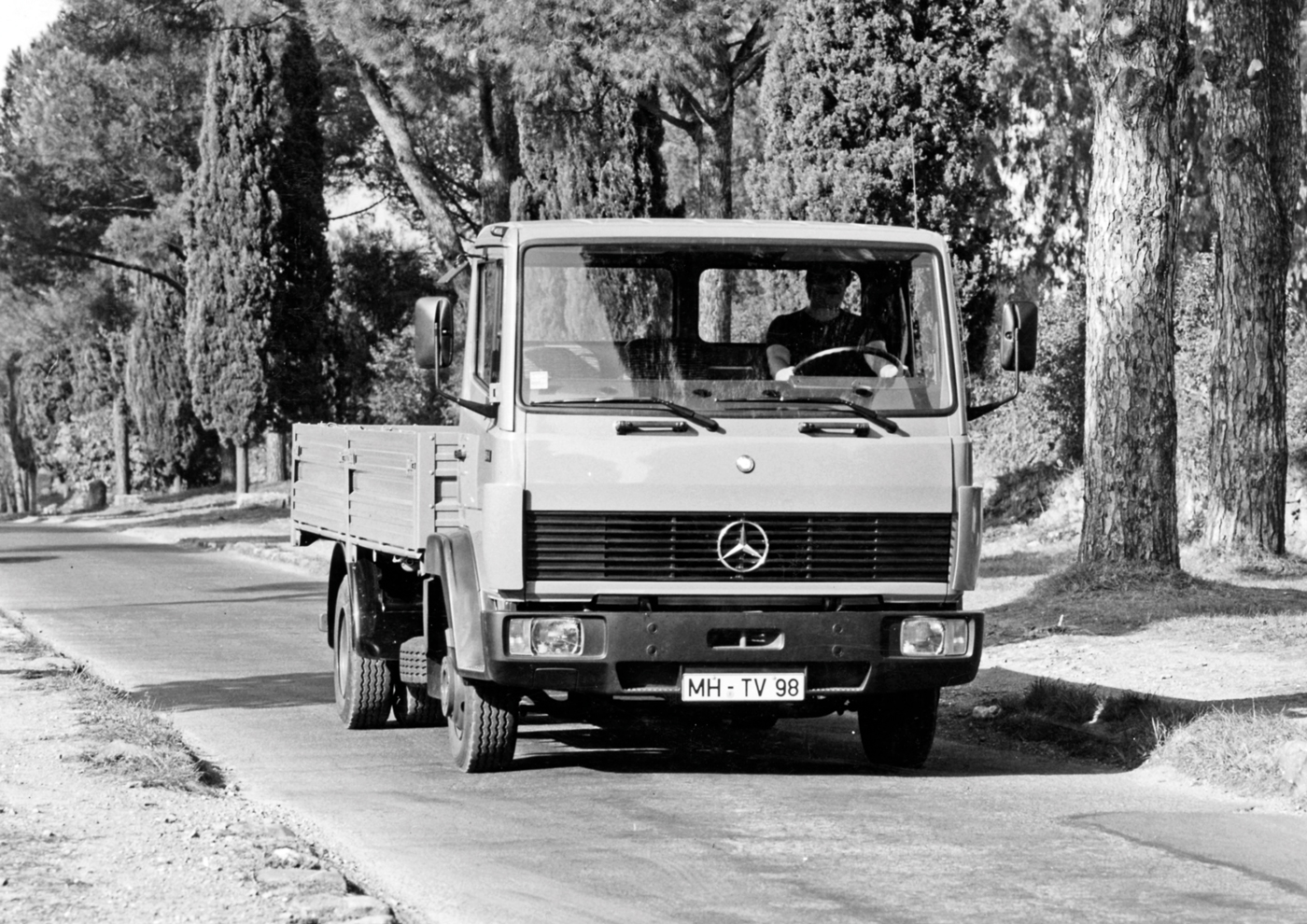
Mercedes LN2
Mercedes-Benz’s LN2 won the award in 1985, by the largest margin seen to that point. Although principally thought of as a 7.5-tonner in Britain, the LN2 was a range of vehicles suitable for up to 21 tonnes gross tare mass (GTM). Like the Ford Cargo, the sheer adaptability of the 418 basic models on offer meant that each of the judges could find a variant ideally suited to their local requirements.
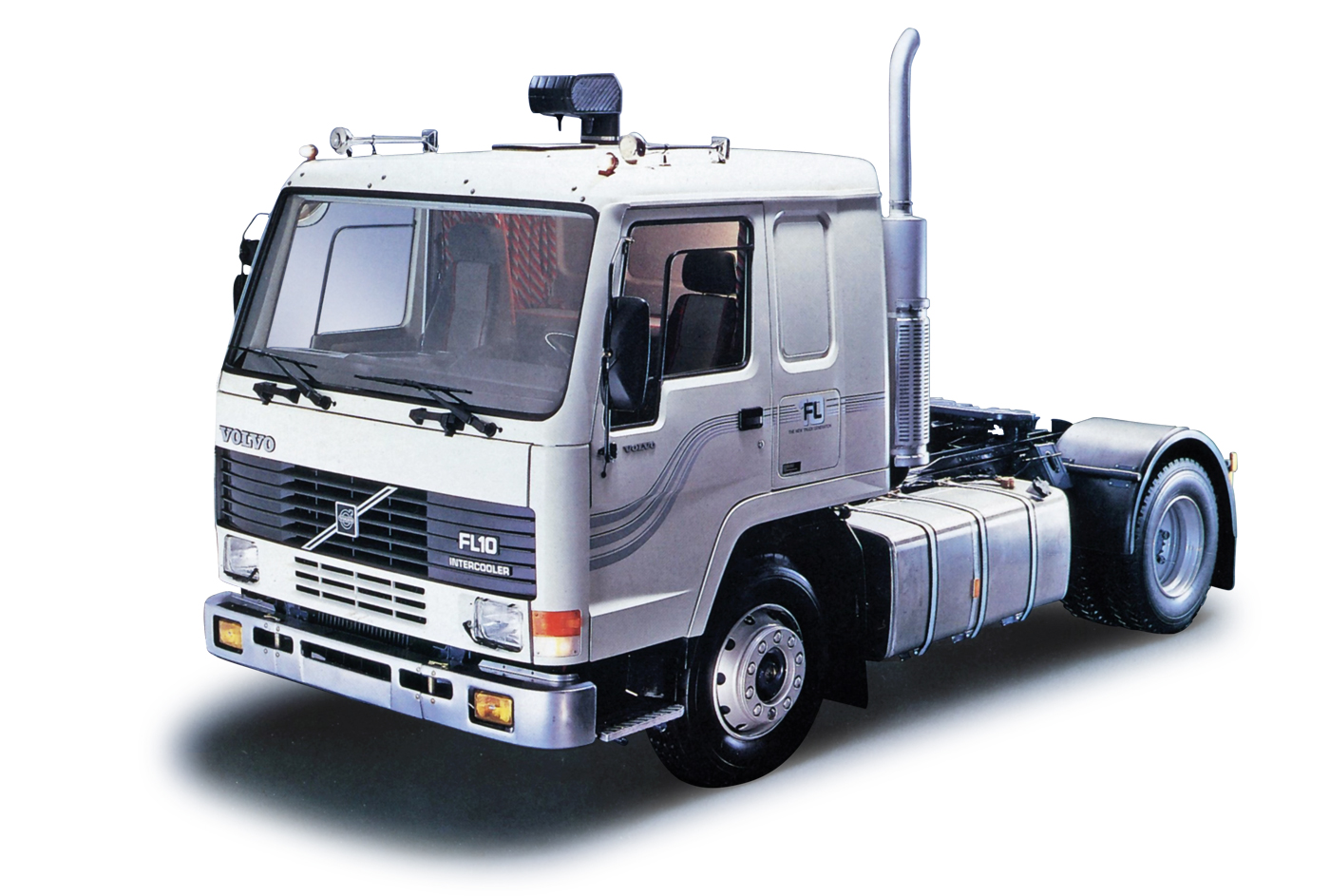
Volvo FL Series
Development work started on the Volvo FL range as soon as the F7 had been introduced and, by 1985, the new models had appeared. Sharing the entirely new low-mounted easy access cab, the FL7 was powered by the new TD71 engine, while the FL10 used the same well-proven engines from the award-winning F10. The judges were again impressed with the scope of the comprehensive range, which was bolstered by the FL6 4×2 distribution chassis.
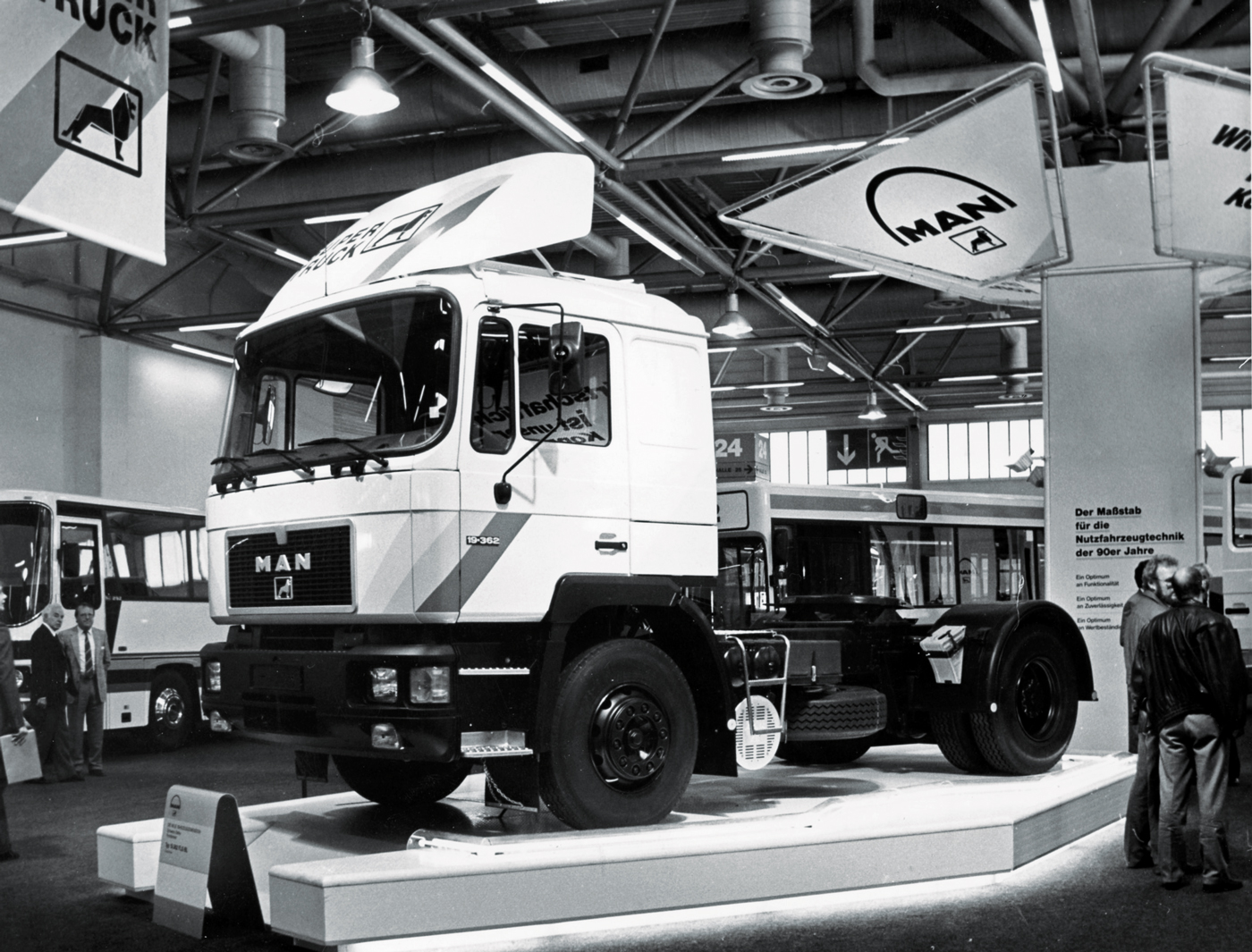
MAN F90
For 1987, the 13 jurors decided that the MAN F90’s high standard of engineering impressed them with “its first-class engineering, both in concept and detail, supported by its broad versatility in suiting almost every major market with the base design”. The F90 marked a major move forward for MAN with a wholly new high-quality cab, new chassis, and new suspension augmenting revised versions of the proven 330- and 360-hp engines.
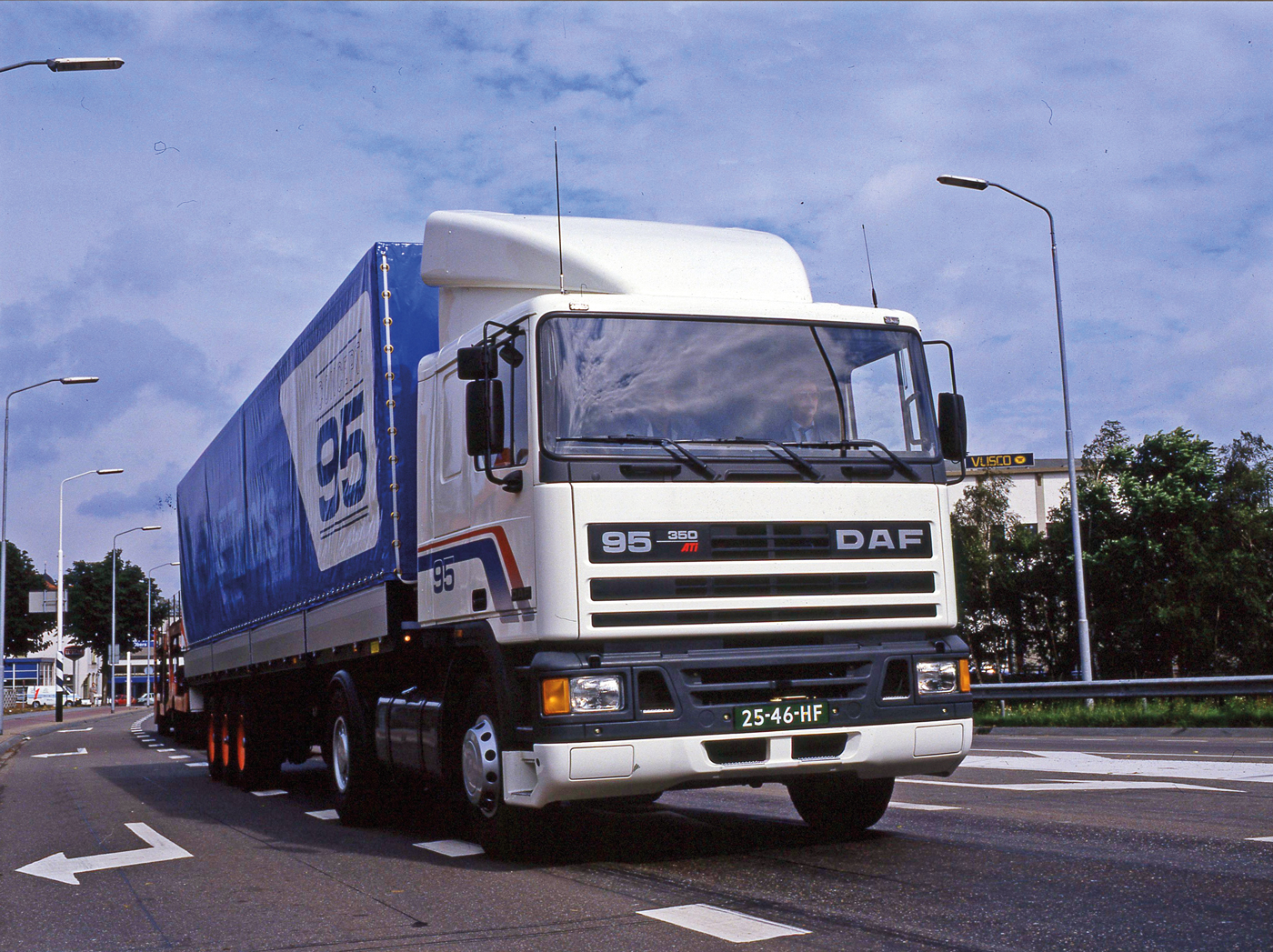
DAF 95
DAF’s first win came with the 95 and a concerted effort to improve the brand’s image. The 95 featured the Cabtec cab with an intelligent warning system, a completely new chassis frame, and revised versions of the 11.6-litre engine rated at between 310 and 380hp. With an eye on the forthcoming European Single Market and anticipated increases in pan-European truck journeys, a Space Cab option was available from the start.

Scania 3-series
In a very strongly contested competition, the Scania 3-series emerged victorious over the new Mercedes SK models. Scania’s first new range since 1981 consisted of detail improvements on the previous GPR models, with a better spread of power outputs, improved interiors, and the option of a 220mm Topline roof extension for the R cab vehicles. Overall, the judges felt that the evolutionary approach of the Scania designers topped the new Mercedes.
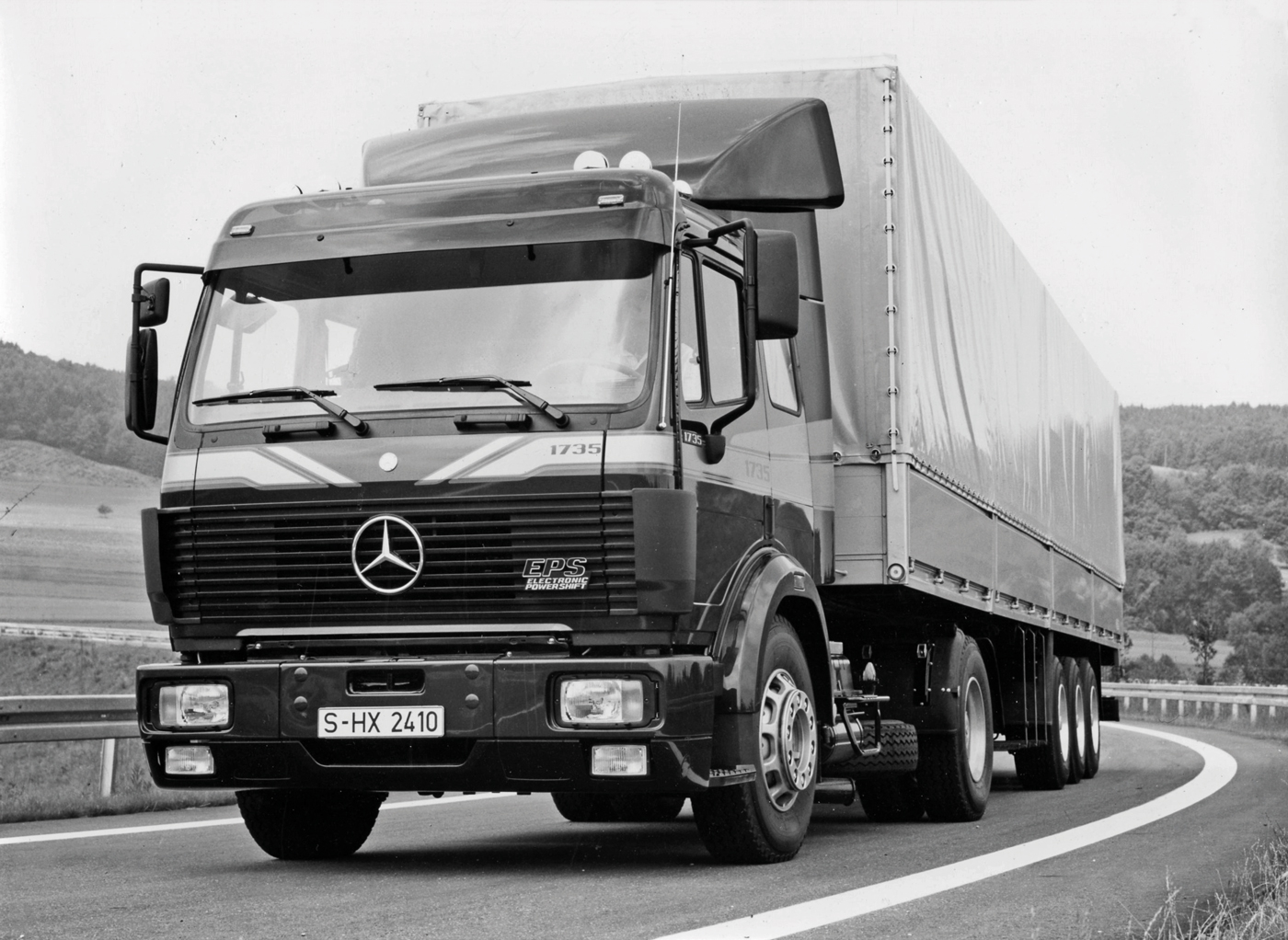
Mercedes-Benz SK
By 1990, operator satisfaction with the Mercedes SKs in service had convinced the judges that the range was worthy of recognition. The truck’s attention to detail regarding electrical installations, instrumentation, and finish all won plaudits. Of particular note was the new smoother-running, lightweight OM 441LA V6 engine with a redesigned combustion chamber and crankshaft. The improved EPS gear system, ABS, automatic lubrication, and 45,000-km service intervals were all commended.
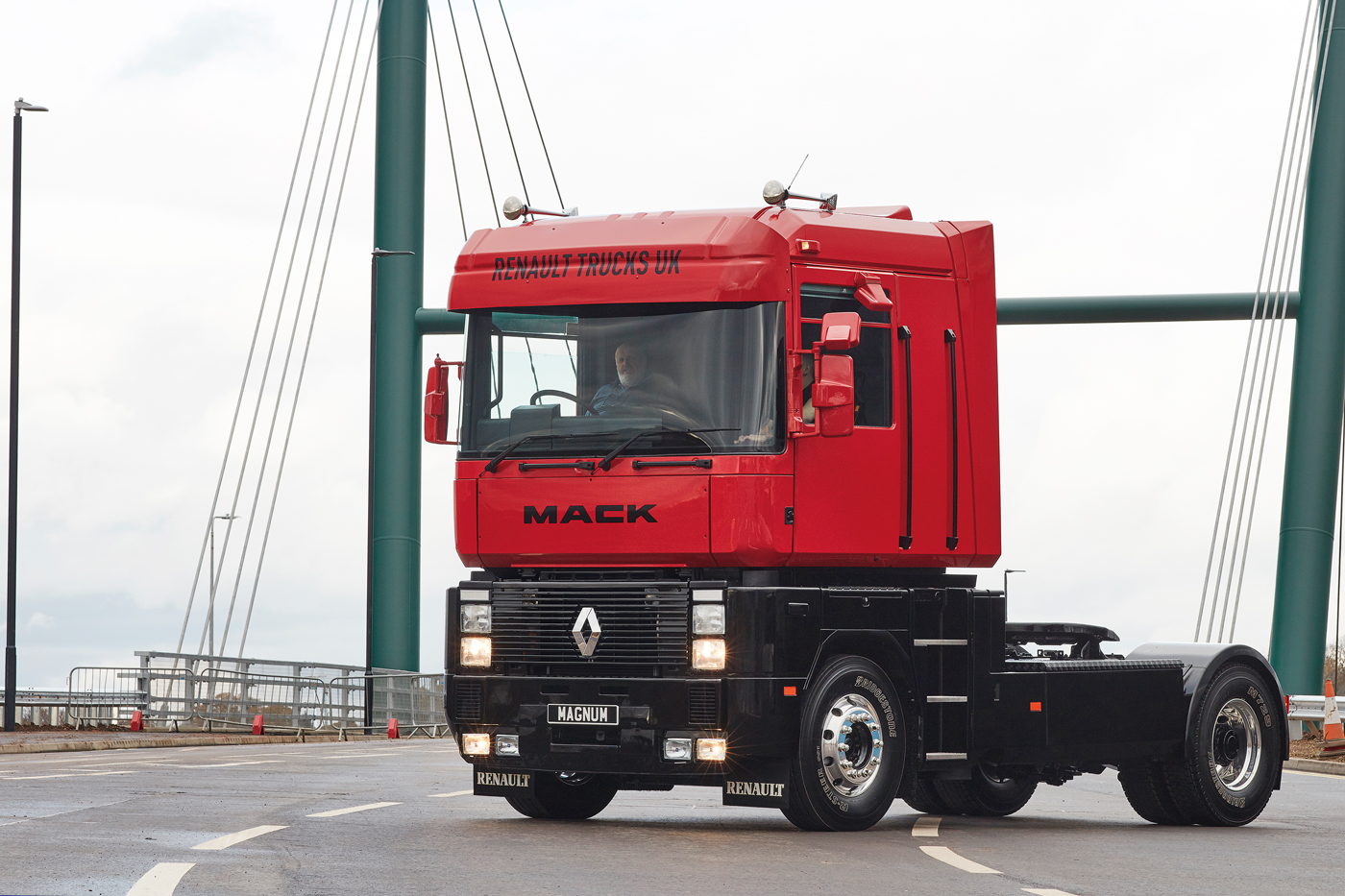
Renault AE
Having been spotted during operational testing as far back as August 1987, the Renault AE – with its four-point air-suspended cab, flat floor, and imposing presence – was a head-turner from the outset. Initially offered with either a 380-hp Renault six-cylinder engine or the Mack EE9 V8 with 503hp, the gearbox and drive-axle were taken directly from the R Series. Although the Magnum name was introduced for the deluxe cab package, it became synonymous with all models.
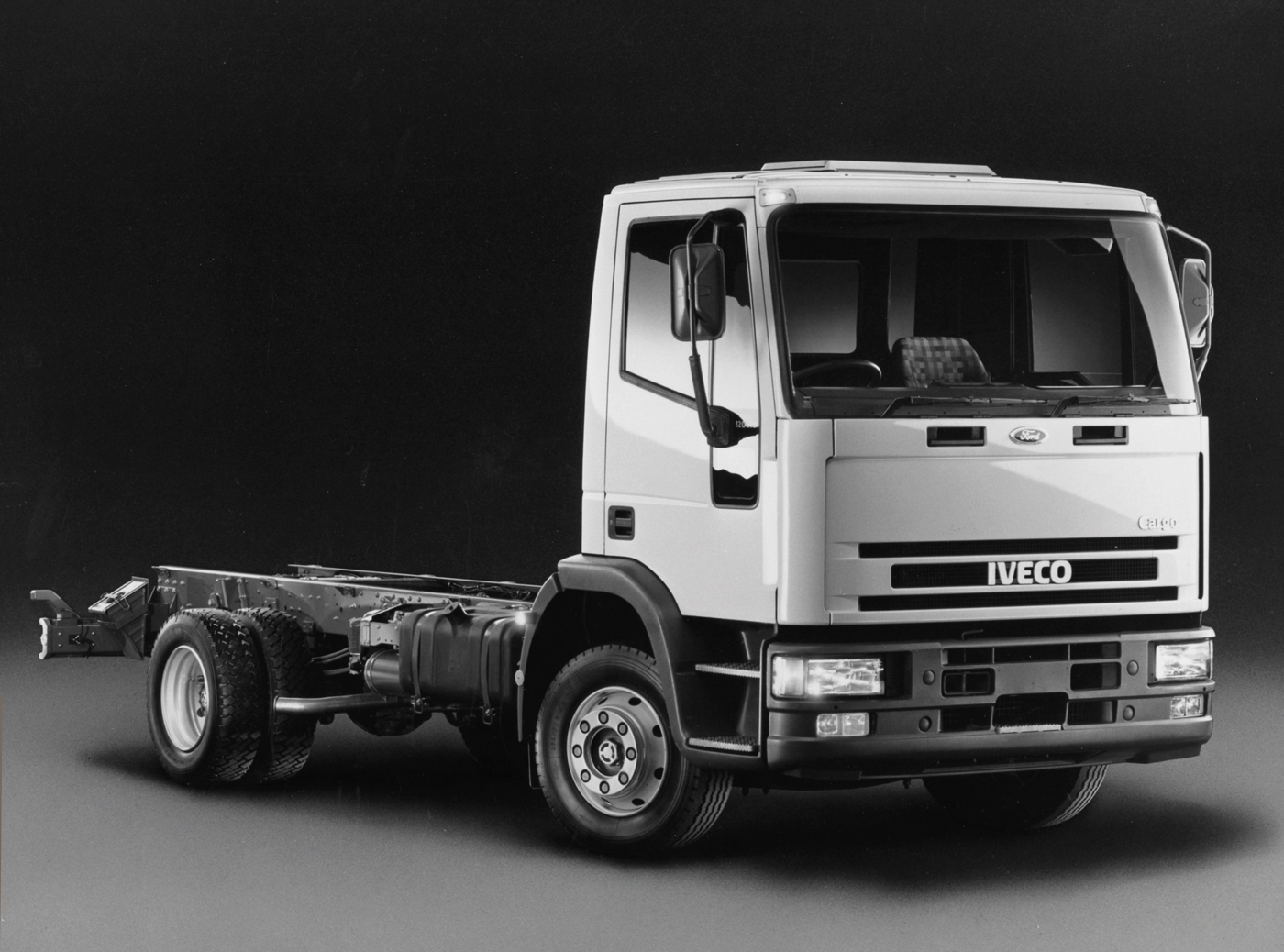
Iveco Eurocargo
Iveco needed to replace three of its own medium truck lines and a line inherited from Ford when it began development work on the EuroCargo. Some £2.5 billion later, the EuroCargo range of six- to 10-tonne lightweights, and middleweights up to 24 tonnes GTM, were launched. Known as the New Cargo in the UK, the trucks’ resounding win recognised the 540 standard variants, exceptional standards of handling and safety, new approach to chassis wiring, and Euro 1 engines.
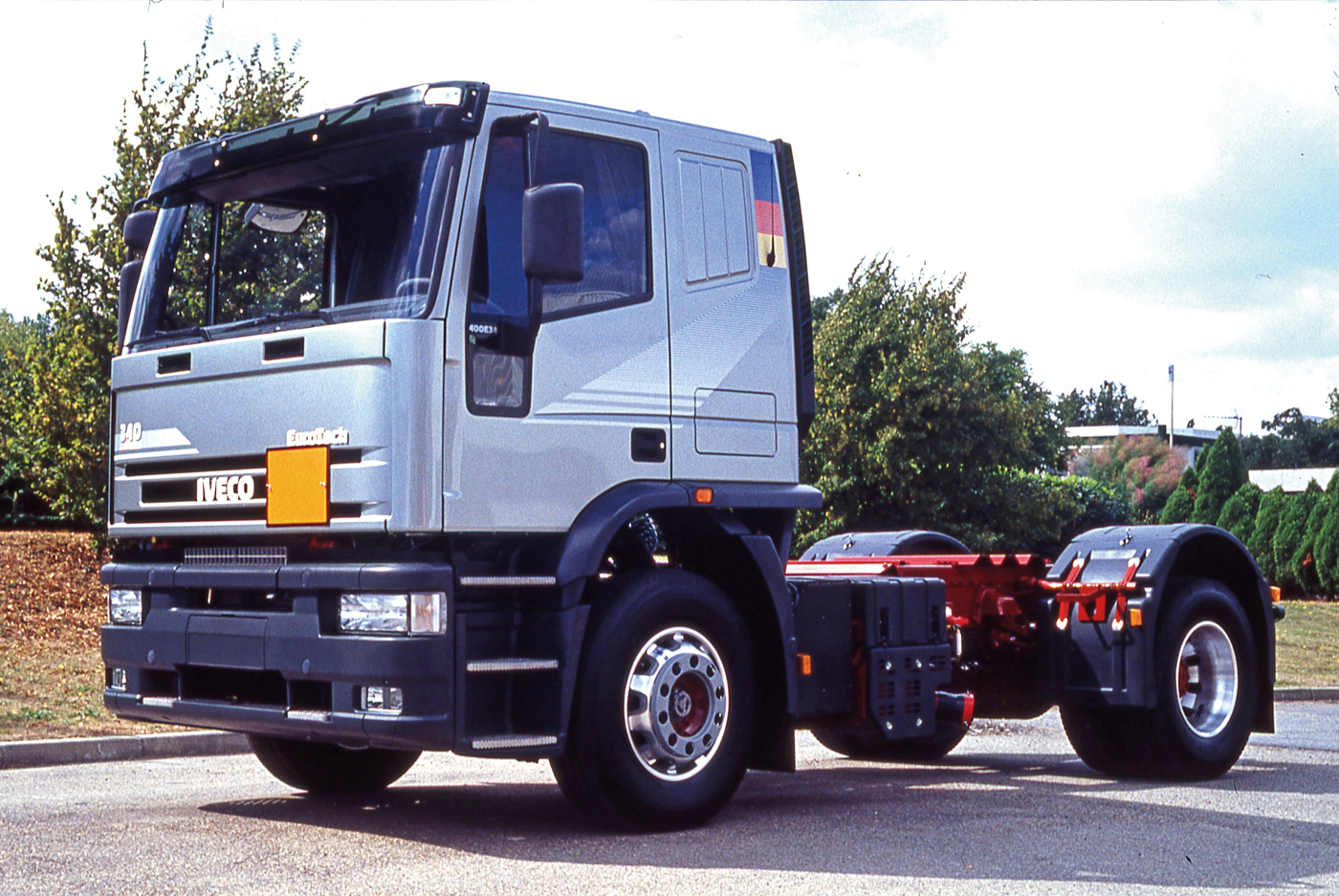
Iveco Eurotech
Iveco scored an unprecedented second consecutive award with its impressively wide-ranging EuroTech models. From 4×2 distribution trucks up to 6×4 tractors, Iveco offered three in-house engine choices matched to ZF or Eaton gearboxes and (mainly) Rockwell drive axles. The judges were impressed with the rationalisation between the EuroTech and the EuroCargo; this commonality between ranges helped the Eurotech squeeze past the new DAF 75/85 to secure victory.
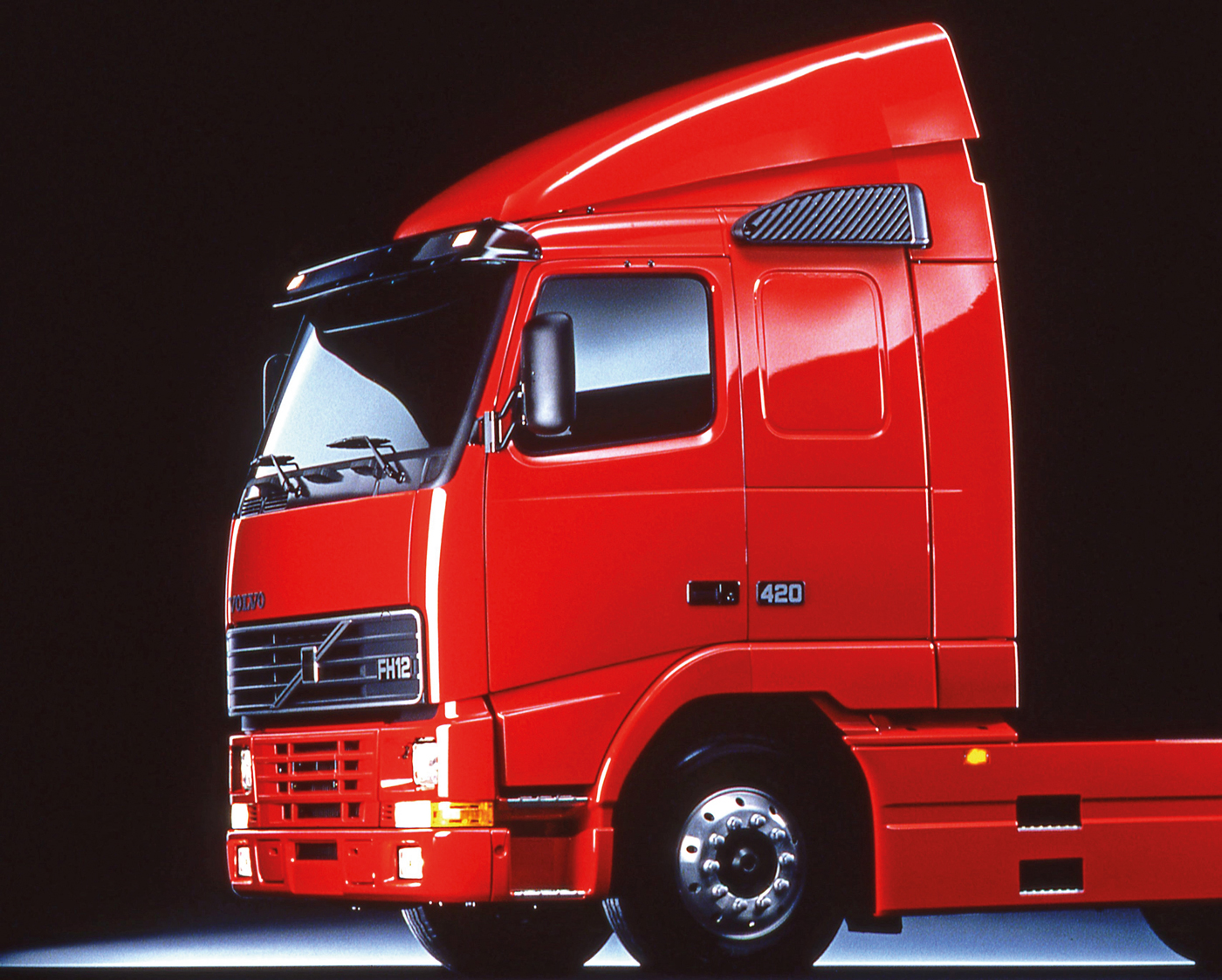
VOLVO FH
Iveco’s hopes of a hattrick with the EuroStar were dashed by the Volvo FH, which secured a then-record fourth award for the Swedish manufacturer. The new D12 engine, featuring an overhead camshaft and electronic injectors, was fitted into a newly designed chassis topped with a brand new and striking cab. The innovative engineering, advanced design, high standard of driver environment, and the consistent quality achieved from advanced production techniques all contributed to a sound win for the FH.
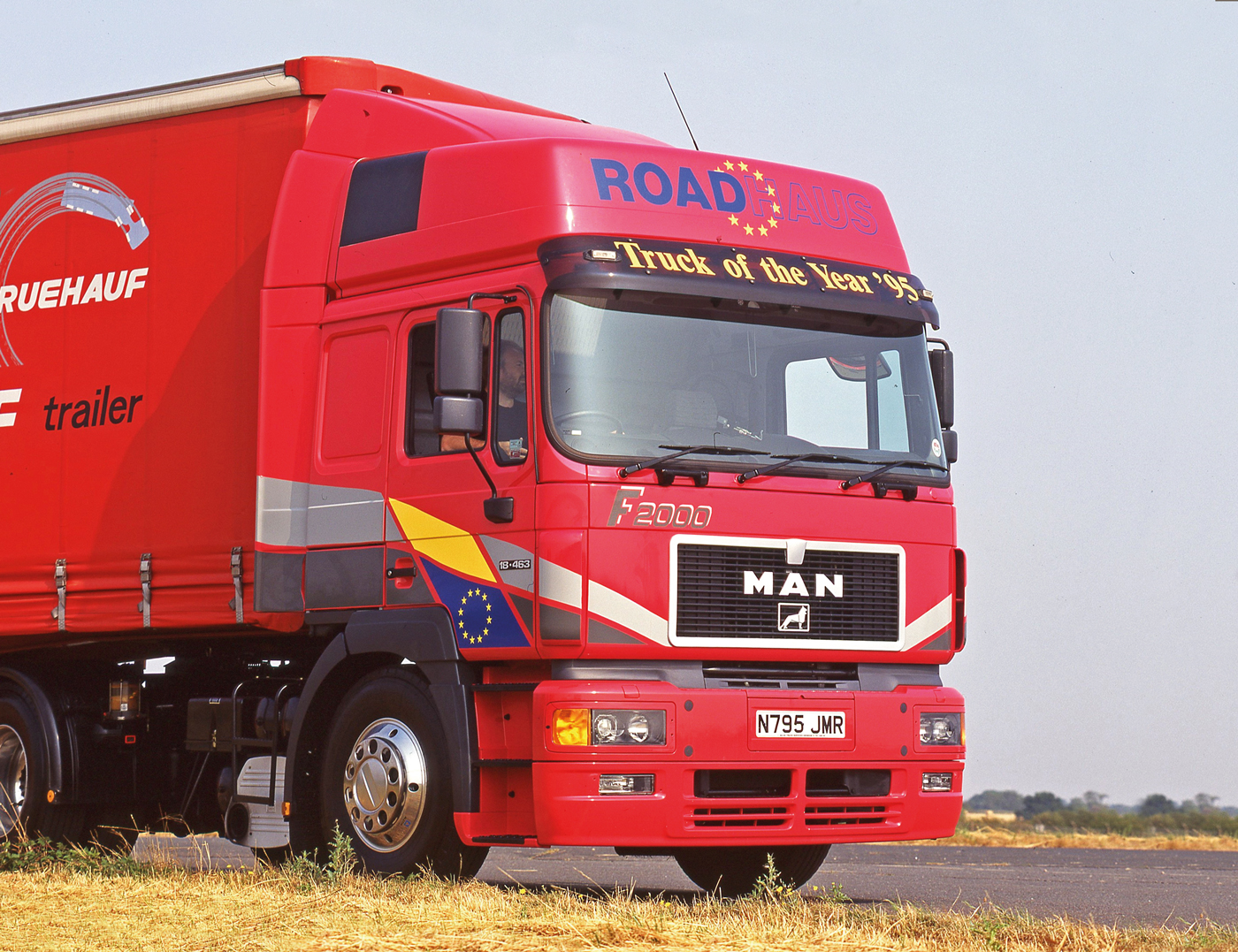
MAN F2000
The MAN F90 evolved into the F2000, which was offered with both Euro 1 and Euro 2 models featuring a new electronically controlled 12.8-litre engine. Launched at Hannover’s IAA in 1994, it enabled operators to choose between the new technology or wait for it to be mandated by legislation. In the most closely contested IToY up to that date, the F2000 beat DAF’s 95.500 Super Space Cab by just two points.
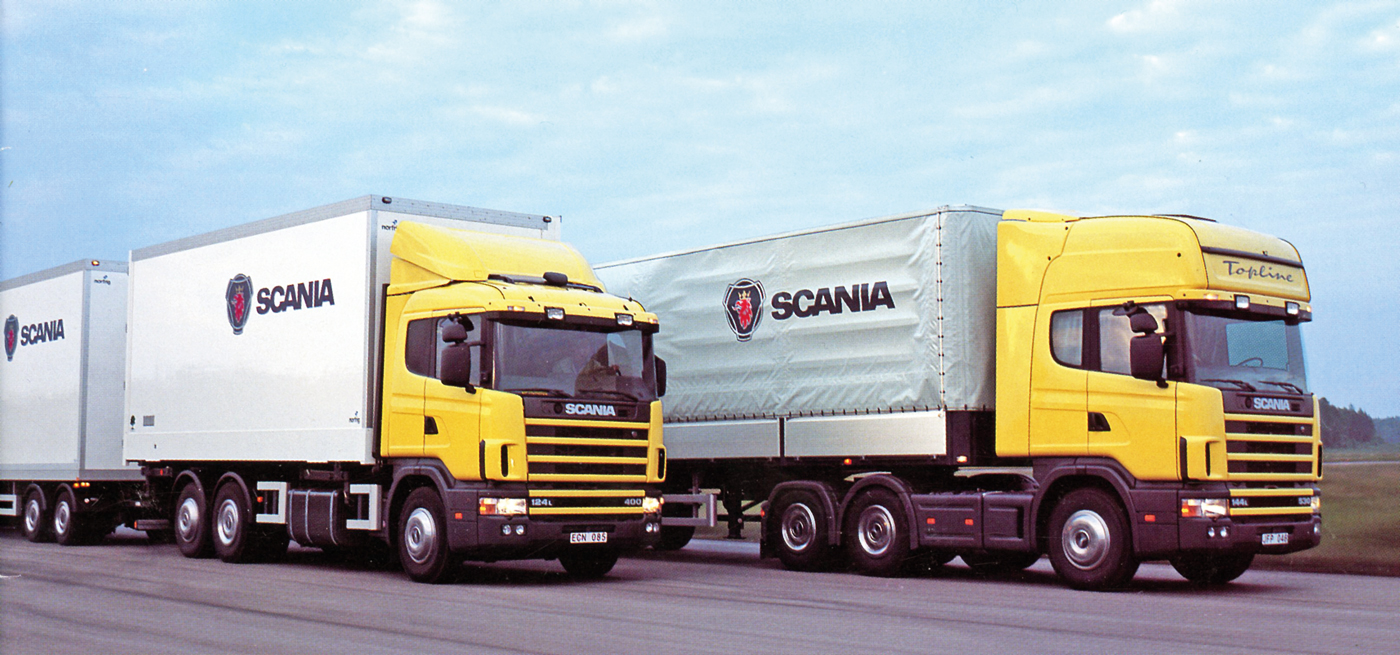
Scania 4-series
In a radical stylistic departure from its previous designs, the 4-series featured a cab with wide-radiused corners and a Topline version featuring a bunk above the windscreen. The radically different design was supported by a new chassis system, revised V8 engines, and a brand new 12-litre 400-hp straight-six unit. The award itself was made for the L Class of long haul trucks, which scored more than double the number of points of the runner-up, the DAF 55.
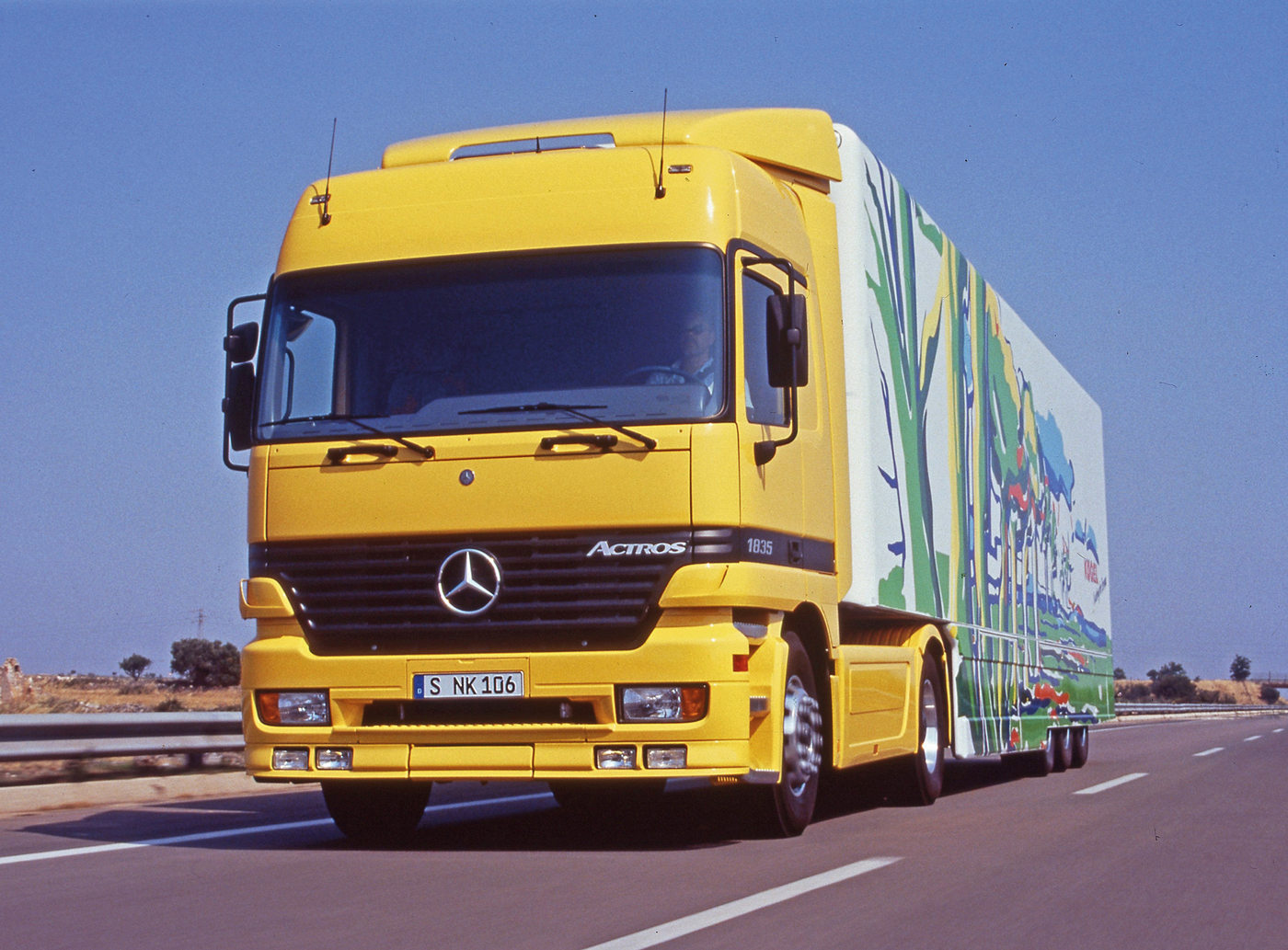
Mercedes-Benz Actros
The Mercedes-Benz Actros won the prize in 1997 due to “setting new standards of operating efficiency, using an unprecedented level of technology that actually delivers results to operators”. Aside from a smart new cab and new V6 and V8 engines with 120,000-km oil drain intervals, the heart of the new technology was the electronic Telligent system, which controlled 26 subsystems, from the all-round disc brakes to gear-shifting and from engine management to the air suspension.

DAF 95XF
Following the high-tech Actros, the IToY judges plumped for more conventional engineering with the DAF 95XF, which retained mechanical control for the 12.6-litre engine in a bid to simplify maintenance. The judges were impressed by the cab and the driver environment, with plenty of storage space, good visibility, easy access, and a very well laid out dashboard all figuring in their decision. The truck was well received in the marketplace, with production initially struggling to supply demand.
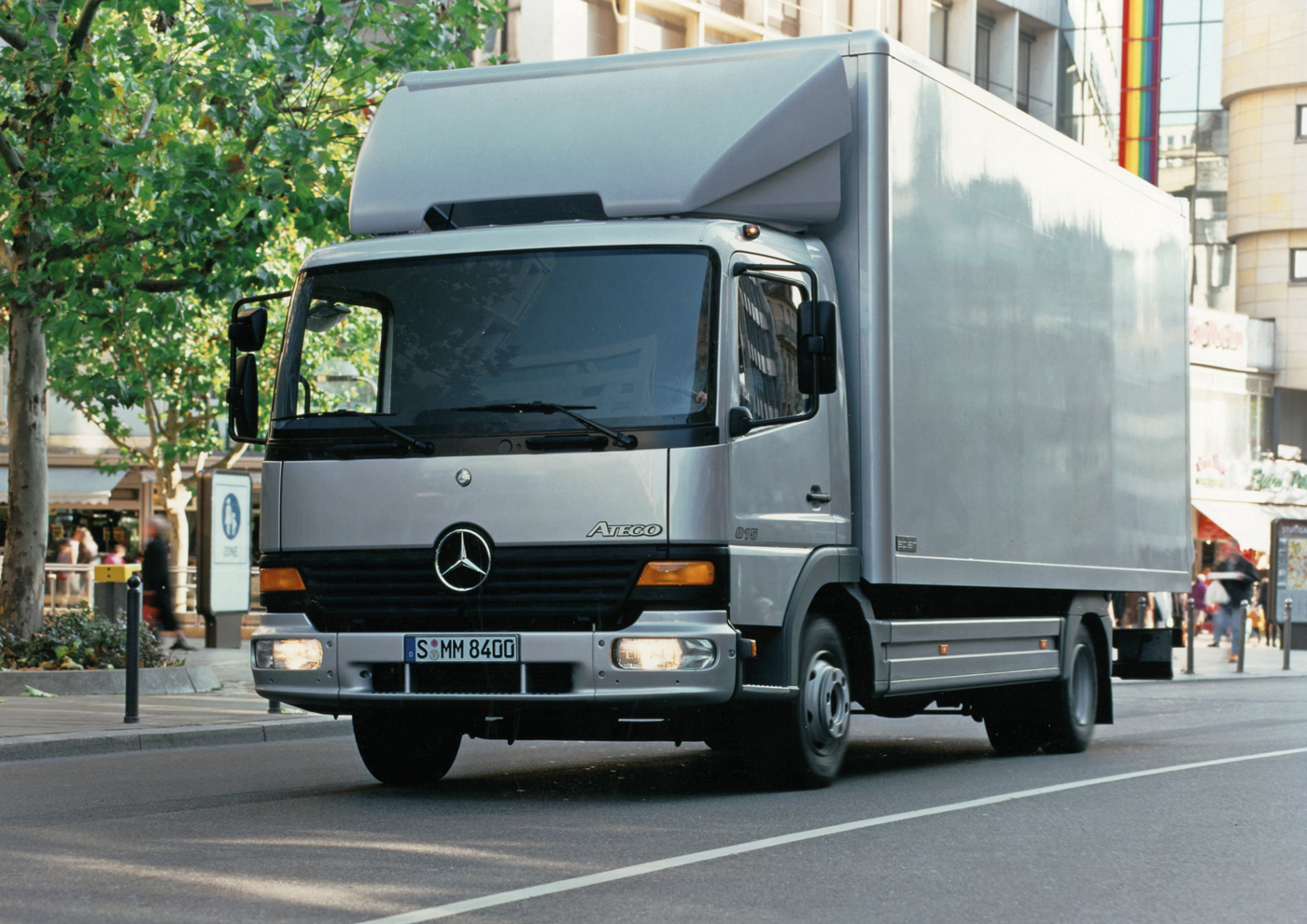
Mercedes-Benz Atego
The Mercedes-Benz Atego scored five more points from the 16-man jury to narrowly beat the Volvo FM and deprive Volvo of a third win for its new generation of low-cabbed trucks. The Atego was a cleverly designed range, with the newly developed lightweights offering up to 15 tonnes GVM. Their new cabs and engines were also fitted in Actros chassis to expand the Atego range up to 26-tonne six-wheelers, but capped at 280hp.
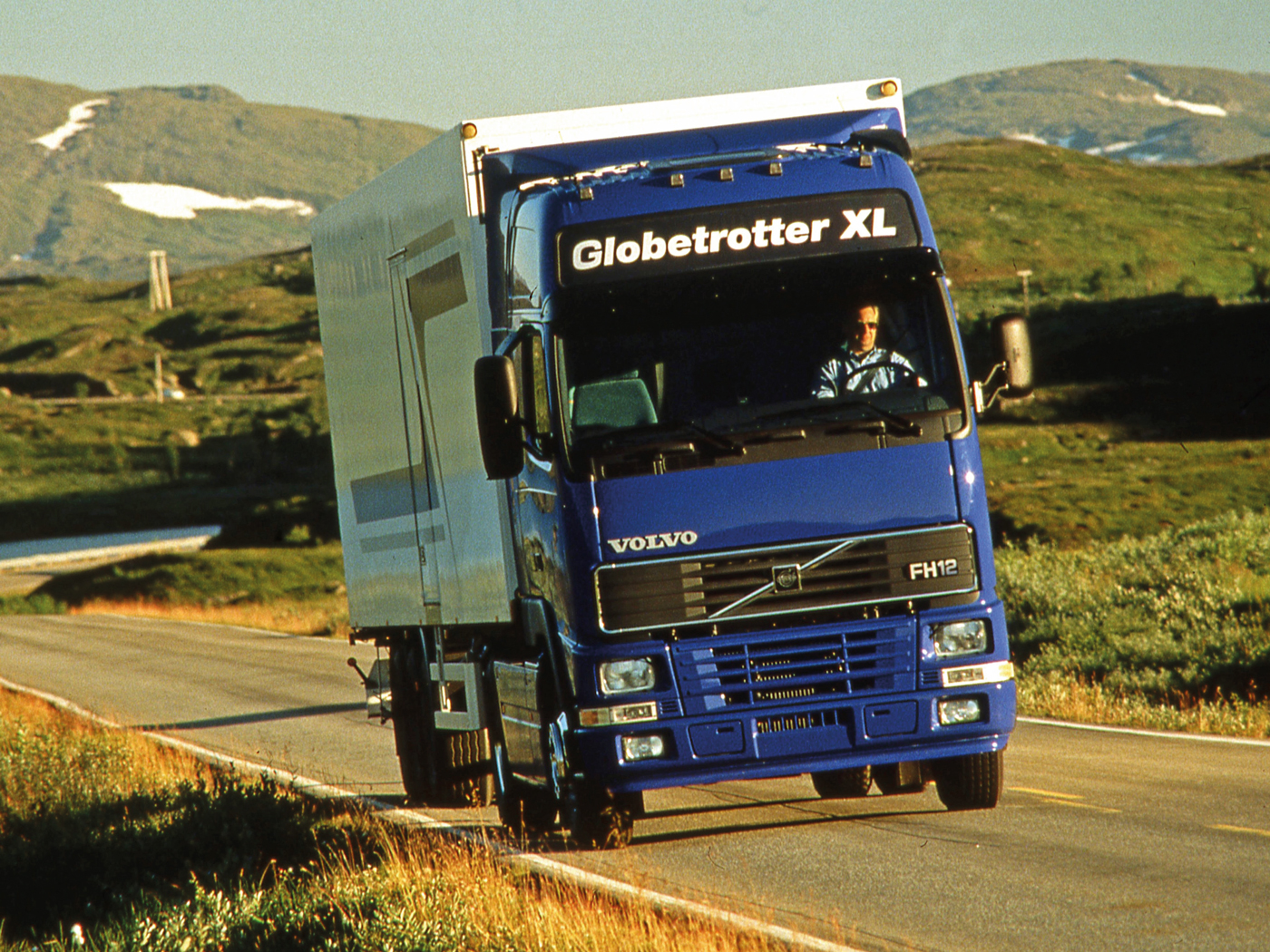
Volvo FH
In an unusual turn of events, the Volvo FH won a second IToY award in 2000, despite having a cosmetically unchanged cab from the 1994 winner. Appearances can be deceptive though, as the revised FH featured an improved chassis, new 460hp-rated D12C engine, VT gearbox, 1344 rear axle, and an all-new electronic control system called TEA (Truck Electronic Architecture) to rival the Mercedes Telligent system.
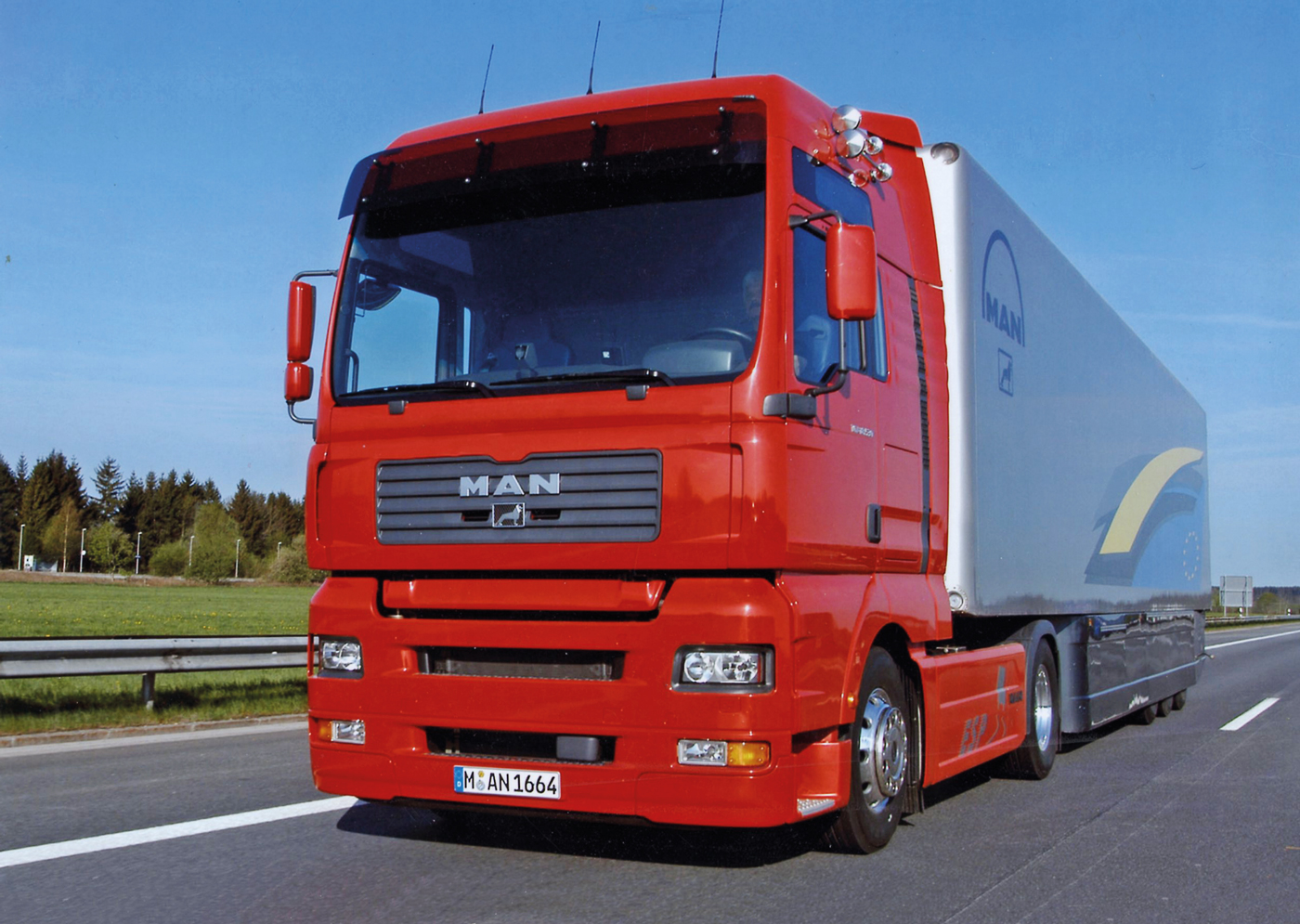
MAN TGA
The “Trucknology Generation” unveiled in spring 2000 was a stunning design. The all-new cab represented a radical move, along with the vehicle’s new chassis, transmissions, and the first Euro 3 engine in a heavy truck to be fitted with exhaust gas recirculation (EGR). In a year in which no other manufacturer launched such a significantly new design, the odds were always short on the TGA winning IToY, and victory was assured by a resounding 70-point margin.
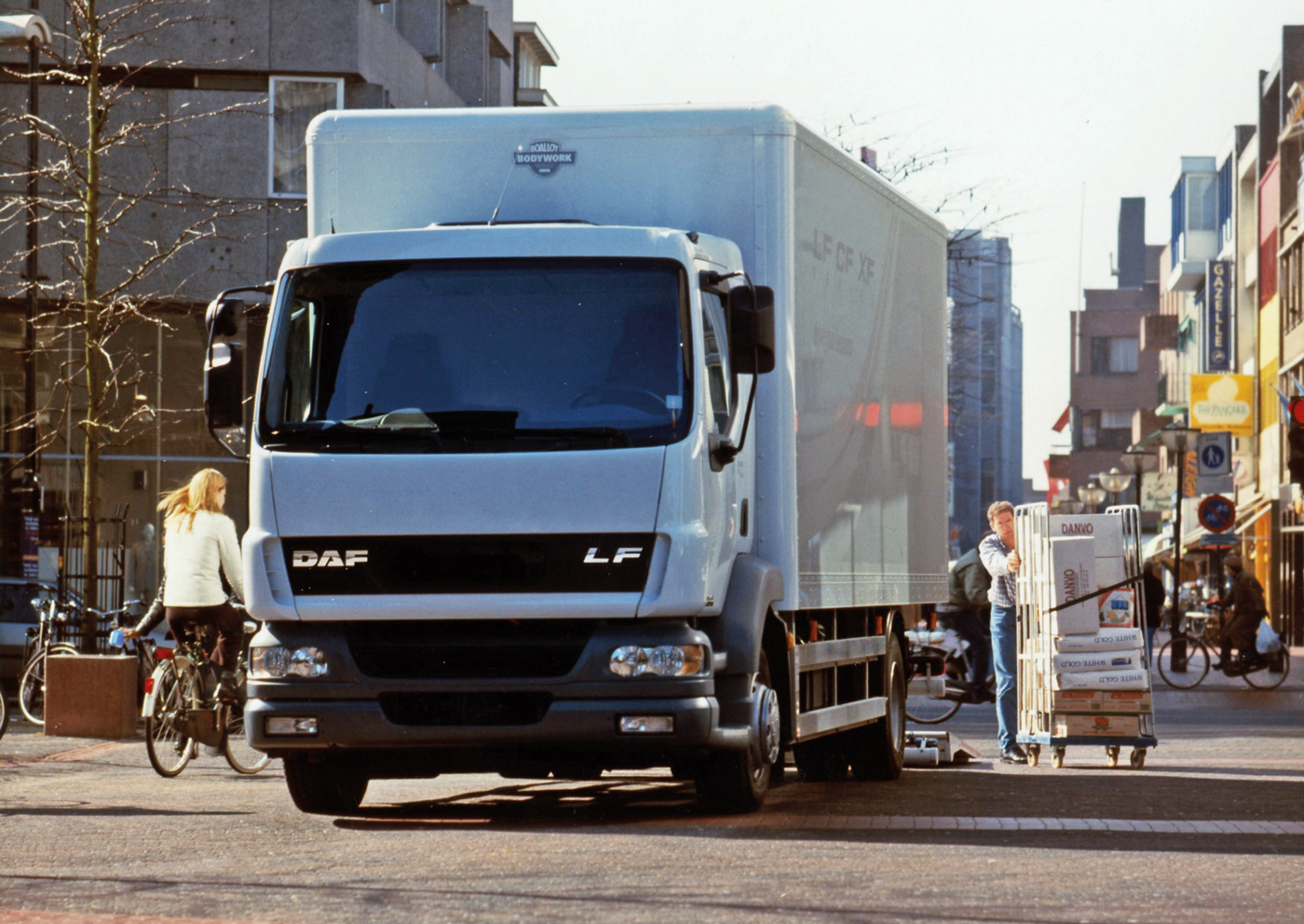
DAF LF
In 2002, the award found its way to one of the unsung heroes of road haulage: the six- to 18-tonne rigids. The DAF LF was the replacement for the 45 and 55 Series vehicles, which had been so popular in the UK but failed to really take off in Europe. The judges were impressed with how the makers had taken a Renault cab and a Cummins engine, yet produced a truck which was undeniably a DAF.

Iveco Stralis
Following Iveco’s ambitious range renewal programme of a decade before, the company used a different strategy for the Stralis, with a process of incorporating revised engines, chassis, and suspensions into existing models, before finishing with a new cab for the new truck. For the driveline, only the 540-hp Cursor 13 engine was new, but the 19-strong judging panel were very impressed with the cab and the “innovative solutions aimed at improving the driver’s comfort”.
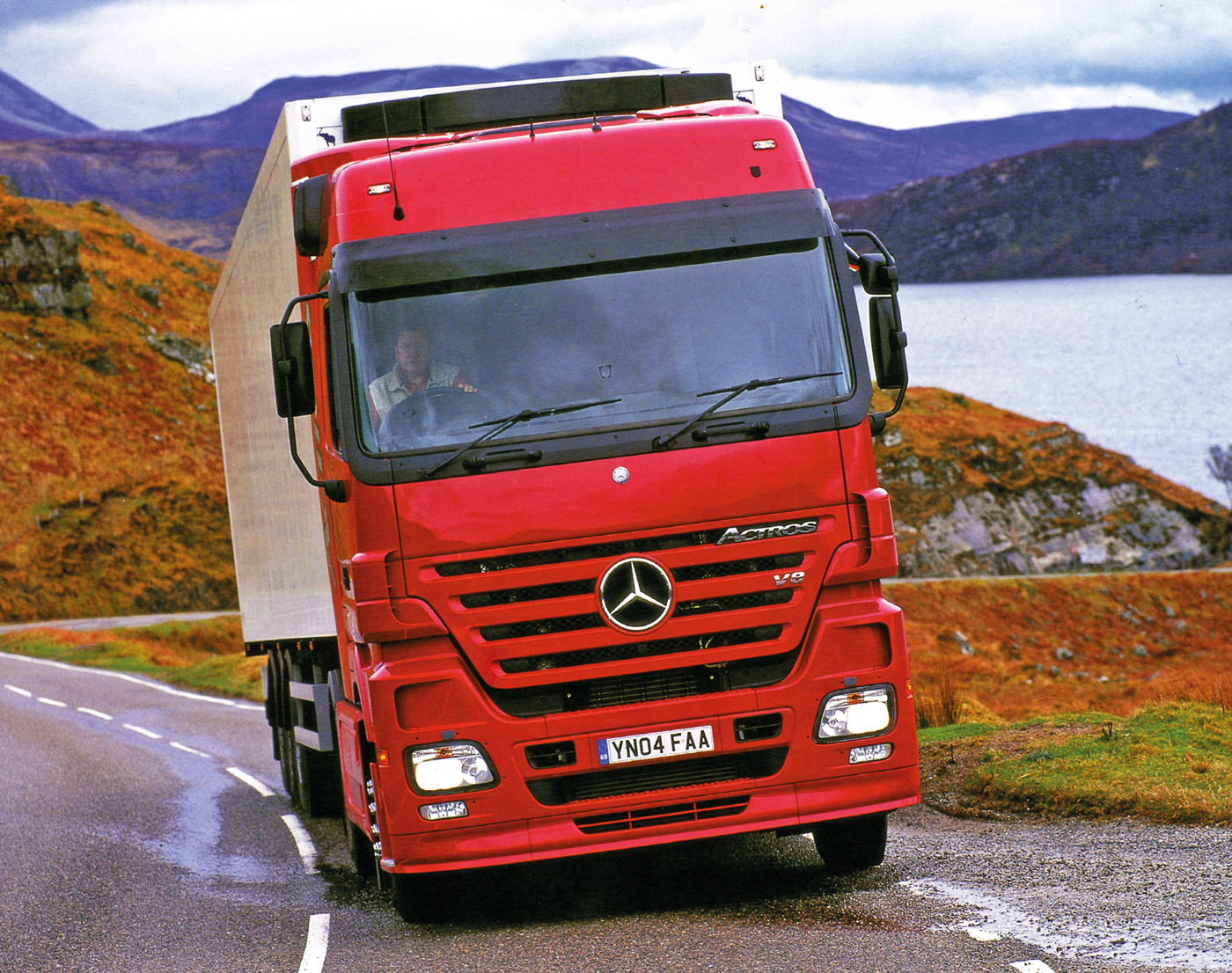
Mercedes-Benz Actros
In hindsight, some of the ground-breaking technology of 1997’s Actros was troublesome in early models, despite similar systems being adopted by the other manufacturers by 2004. With the Actros MP2, the judges were impressed by the extent to which the technological issues had been addressed, and also the degree to which the quality and styling of the cab interior had been improved. The new 460-hp V6 engine was also highly regarded.
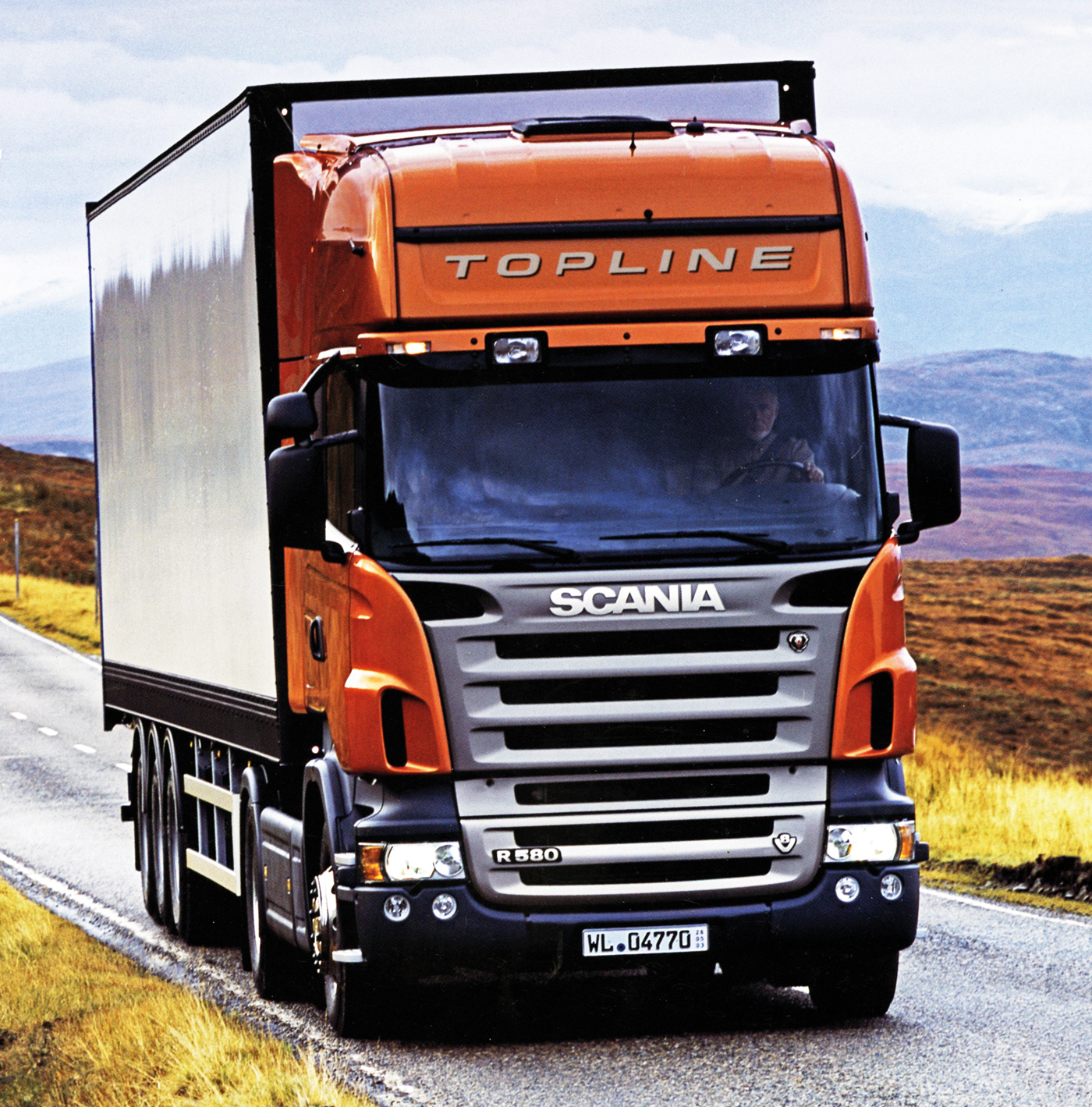
Scania R-series
For 2005, the judges reappraised their opinion of the 4-series and concluded it perhaps wasn’t Scania’s finest ever product, but they were satisfied that the modifications made for the R-series restored Scania’s reputation. A number of design enhancements to the face-lifted vehicles saw a higher-mounted cab with a nearly flat floor, a new and improved interior with the bunks back to the rear wall, and a new higher-roof sleeper positioned beneath the Topline option.
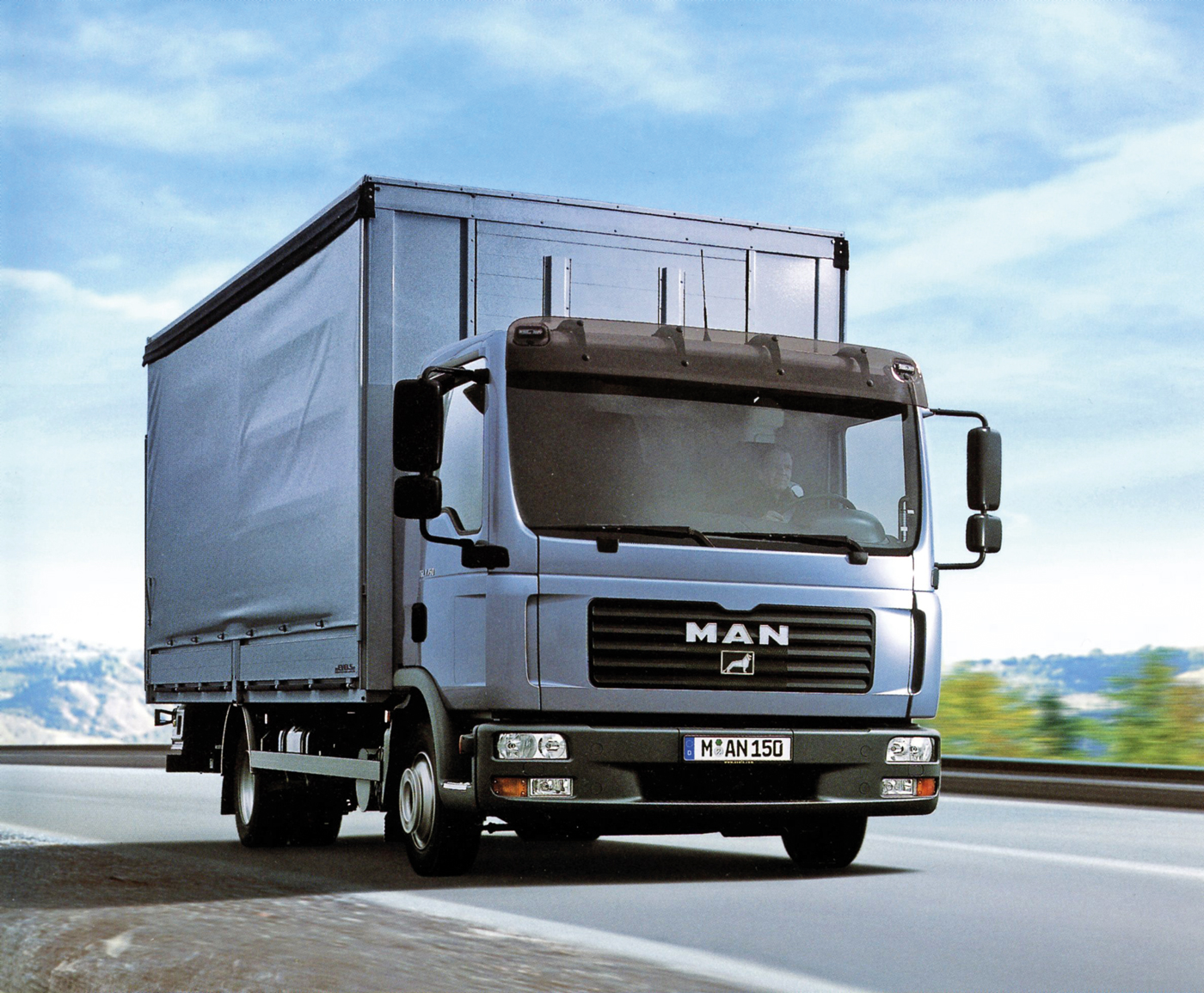
MAN TGL
MAN’s sixth IToY award was secured with the company’s first for a light/middleweight vehicle, and was also achieved with a thumping majority of votes. The 19 jurors were particularly impressed with the 7.49- to 12-tonne range’s robust design, attractive exterior styling, and driver environment, highlighting the deep windscreen and mirror arrangements as particularly beneficial for city deliveries.
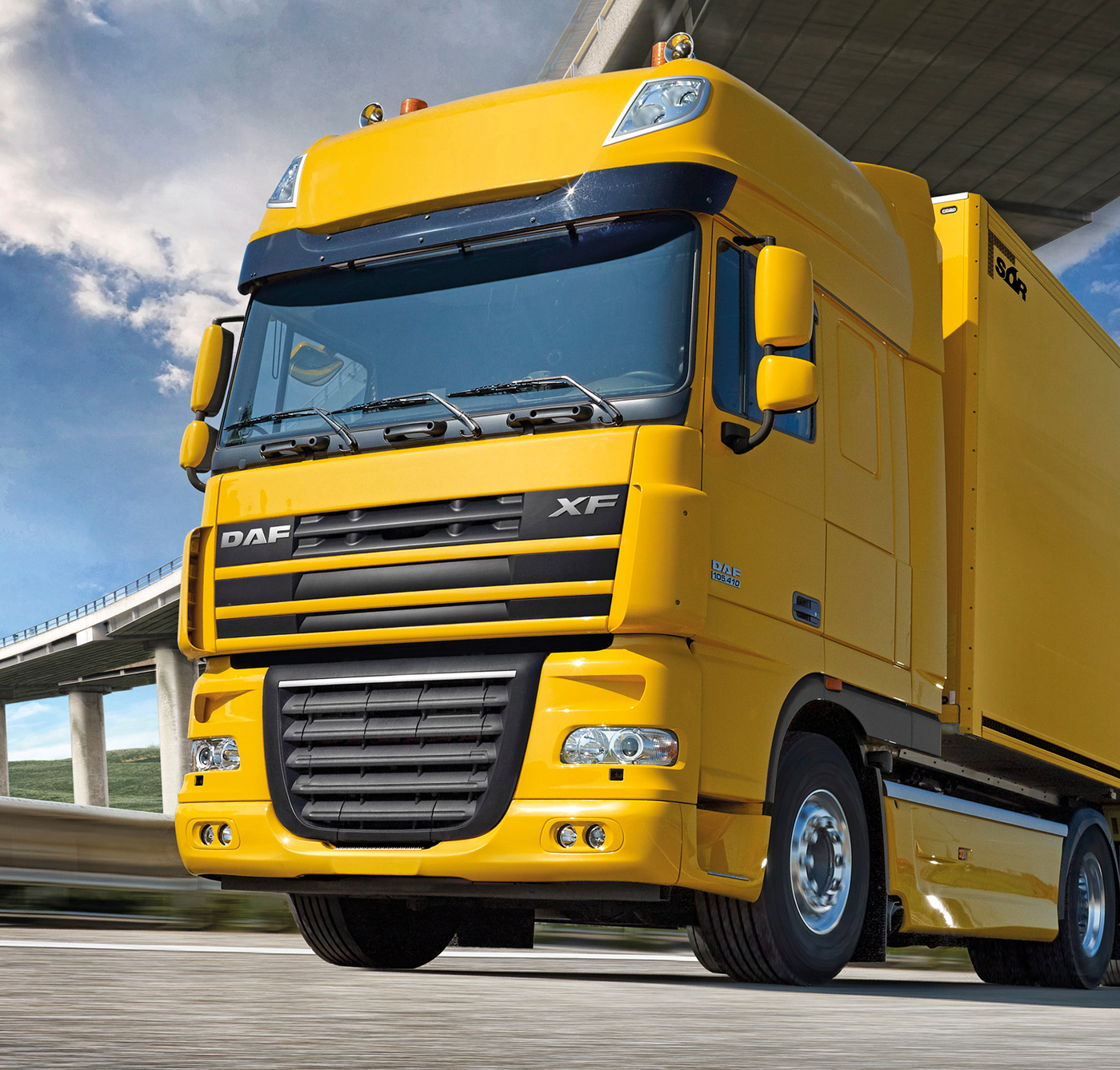
DAF XF 105
The introduction of the new MX 12.9-litre engines – rated at 410, 460, and 510hp, and fitted with a high-pressure fuel injection system with selective catalytic reduction (SCR) for Euro 4 and beyond – made DAF the one to watch for 2007. Detail changes to the chassis and the cab, including a 180mm reduction in the engine hump height and a fold-flat gearstick (or alternatively, steering wheel-based auto controls) helped secure the win for the Dutch manufacturer.
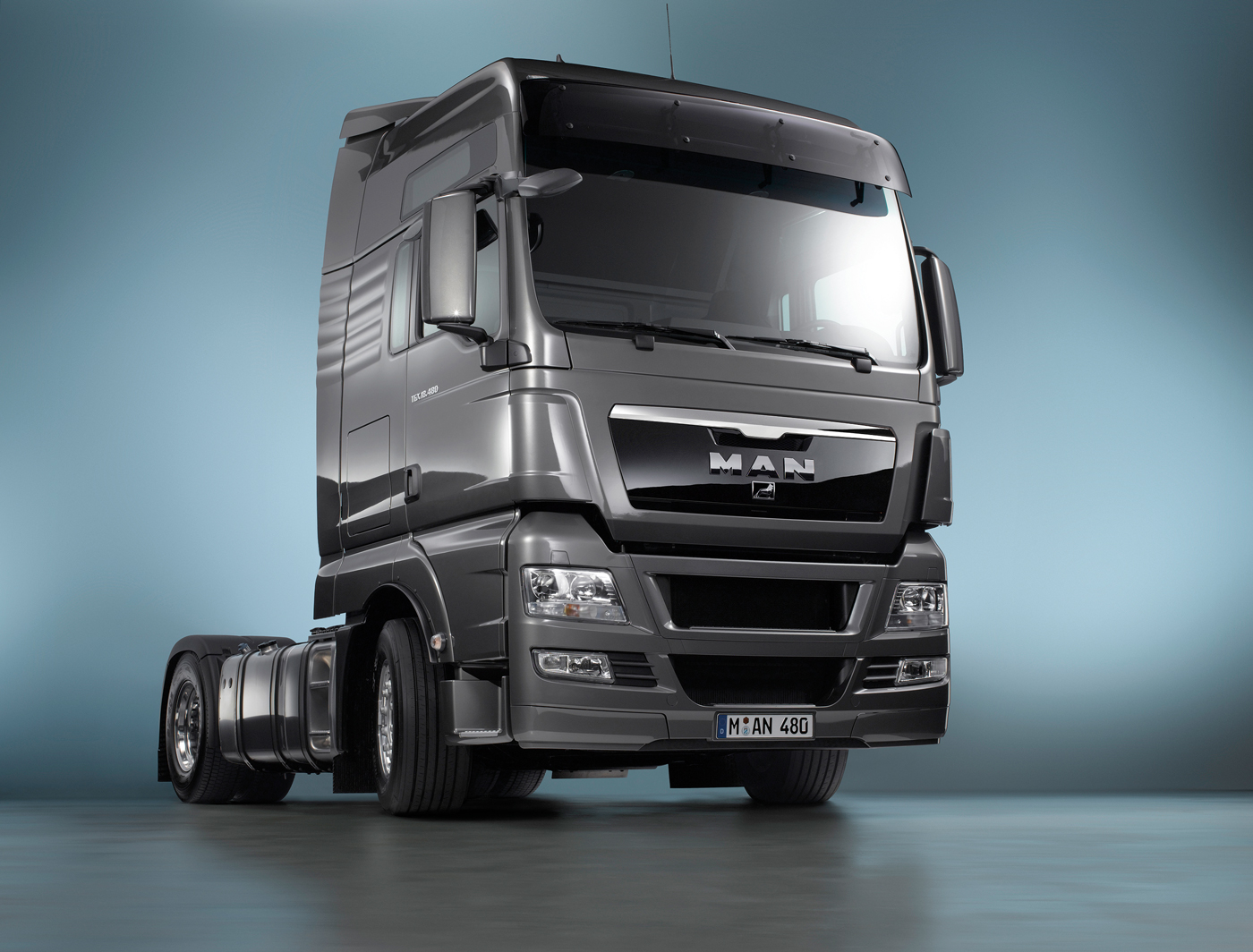
MAN TG Series
The TG Series – encompassing TGX long-distance and TGS distribution and construction models – was launched as a replacement for the TGA at the Amsterdam Truck Show in October 2007. Although continuing with the existing driveline, the trucks featured 35% new parts and their improved appearance, with refined aerodynamics and a stylish new interior, won over the 20-strong jury in a tough competition against the Iveco Stralis.
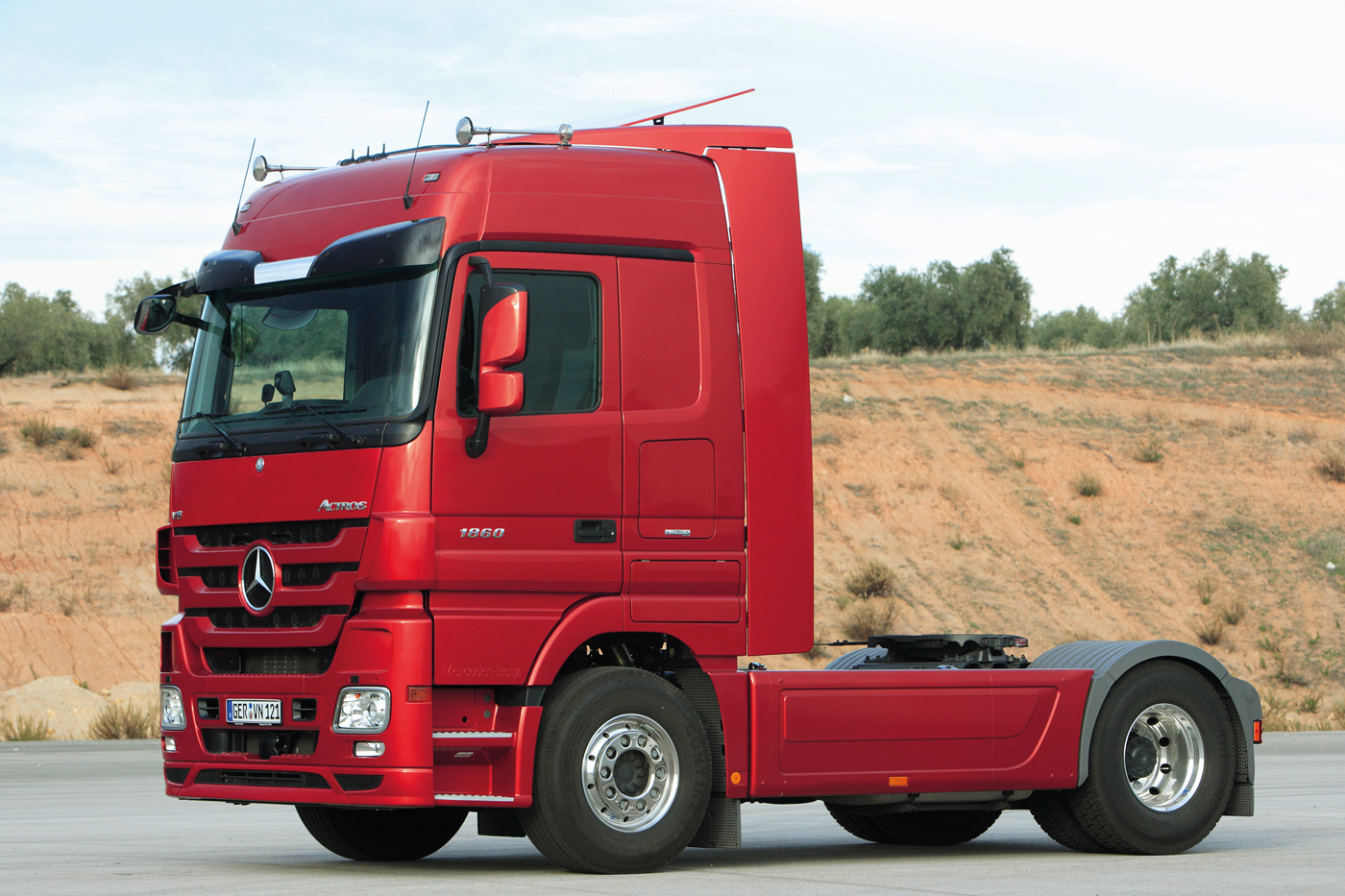
Mercedes-Benz Actros
Another five years and another Actros. Although a distinct case of evolution rather than revolution, the Actros MP3 had been sufficiently improved and refined to secure its third IToY in 2009. The face-lifted model – with fewer and deeper bars in its grille – featured two-pedal automated transmissions as standard on road-going vehicles, with further improvements made to the PowerShift 2 system. New safety options included brake assist, lane departure warning, and stability control with roll damping.
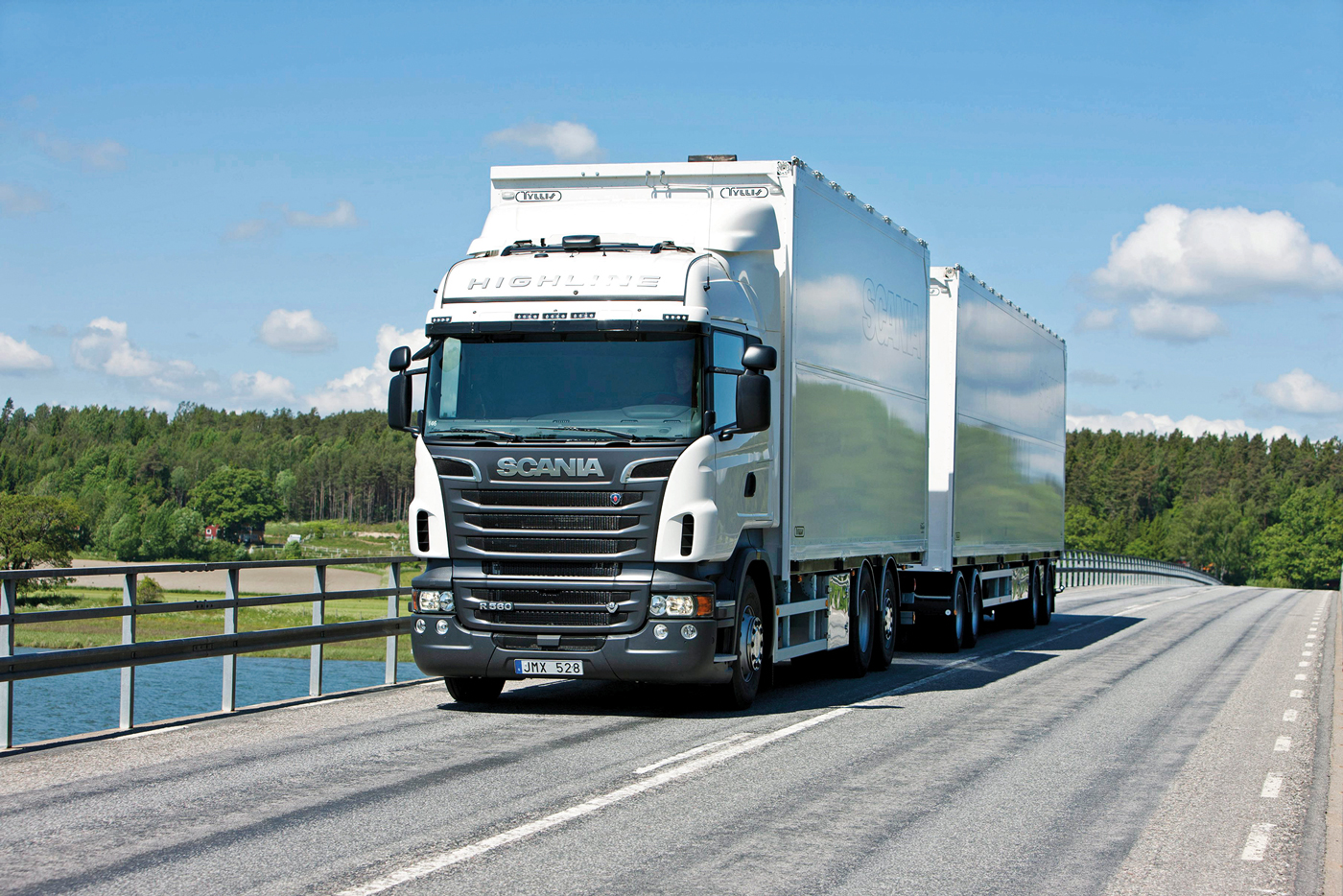
Scania R-series
A second R-series win in five years came courtesy of a comprehensive list of revisions in the new models, which found favour with the 22 jurors. The new R-series featured improved aerodynamics and better airflow through the engine compartment for cooling, a revamped Opticruise automated gear system, and an upgraded interior. The judges also liked the Driver Support System with its star-ratings for drivers.
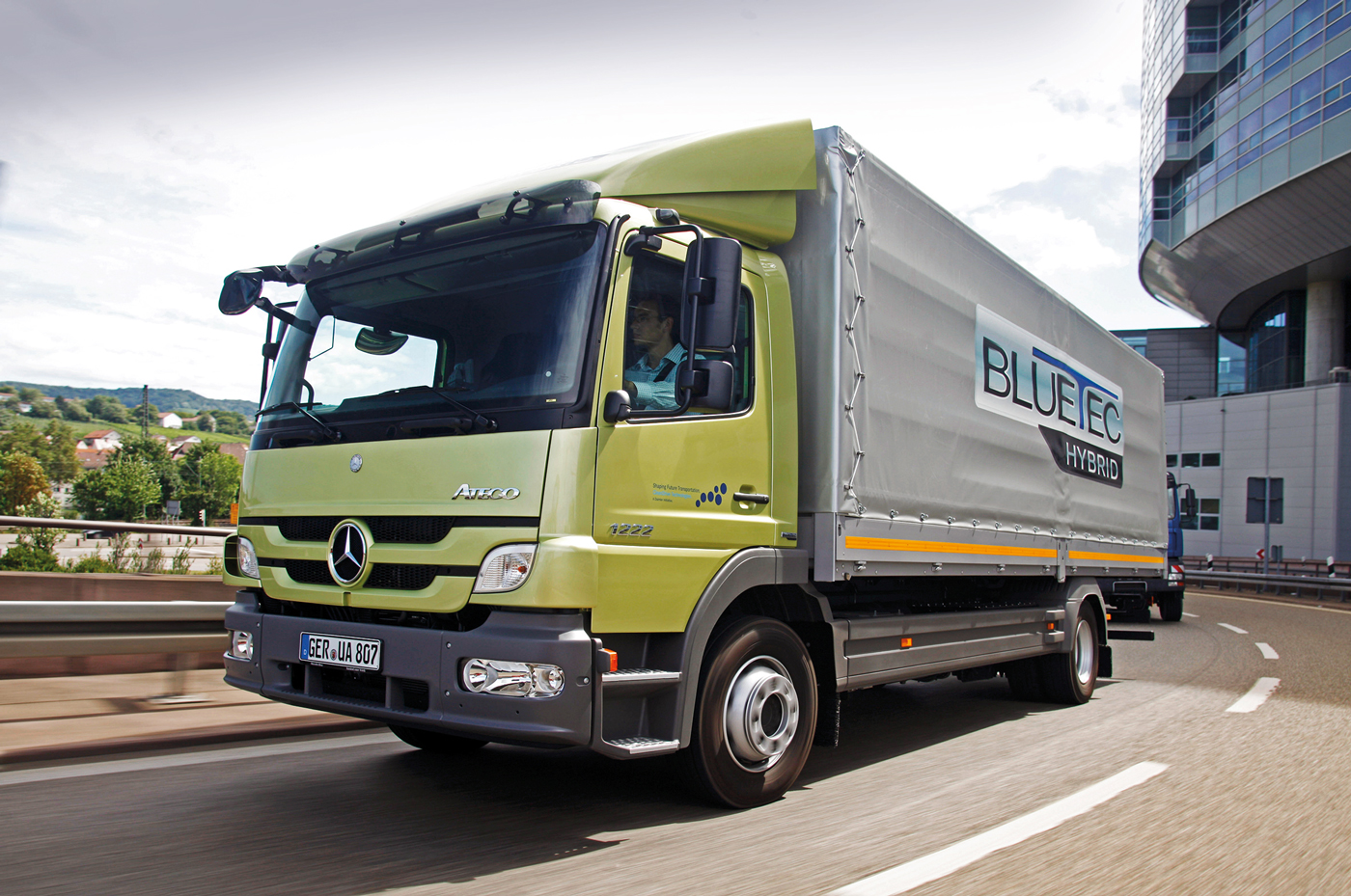
Mercedes-Benz Atego
Regarded as a bit of a dark horse, the Atego scored its second win thanks to some innovative engineering and a cab interior to match that of a heavy truck. Sporting a grille in keeping with the Actros style, the new trucks featured steering wheel controls. The 12-tonner was available as a hybrid with stop-start, anti-idling technology. The heavier models for drawbar use also offered the Mercedes integral retarder and all trucks were available with comprehensive three-year support packages.

Mercedes-Benz Actros
Unsurprisingly, the all-new Actros MP4 swept the board in 2012. Designed from “a blank sheet of paper”, the new Actros replaced not just its predecessor, but ultimately the Axor too. The stylish, aerodynamic cab was offered in seven variants while a new engine – the 12.8-litre OM471 in-line six-cylinder – was available with either Euro 5 or Euro 6 certification. The specification was completed by the third generation PowerShift automated transmission.
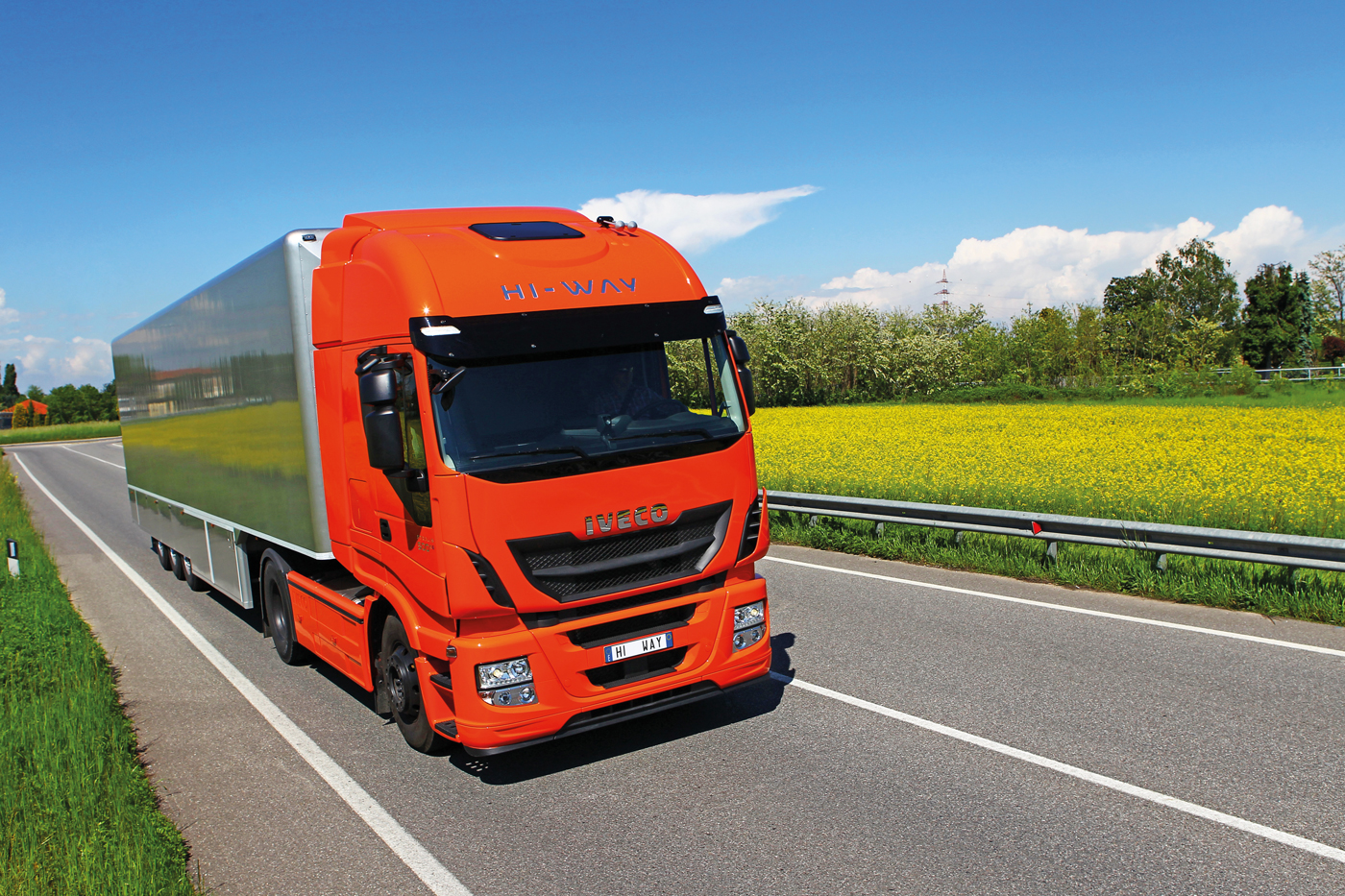
Iveco Stralis Hi-Way
The 2013 Stralis featured larger capacity engines, with the Cursor 8 and 10 being superseded by the 9 and 11. Common-rail fuel injection, meanwhile, was used with SCR only to achieve Euro 6 emission standards. The chairperson of the 25 jurors praised the truck’s negation of the effects of the new legislation on fuel consumption, and this was assisted by improved aerodynamics, which reduced the drag co-efficient by 3%.
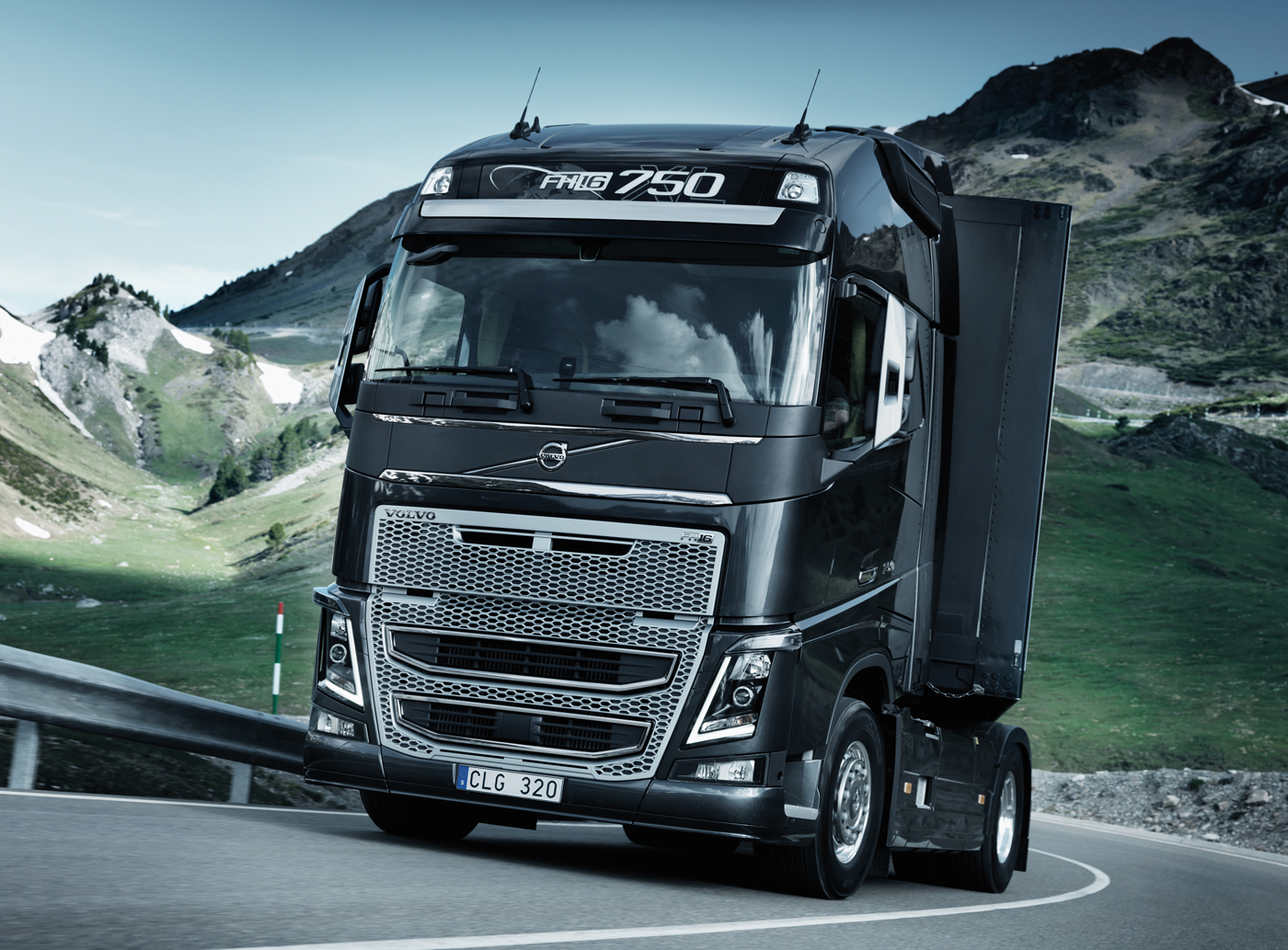
Volvo FH
Volvo’s FH4 was another likely candidate for the award, but had to overcome stiff competition from the new DAF XF. The styling and interior of the Volvo won praise, in particular for the less-raked windscreen (which afforded an extra cubic metre of internal space) and the revised mirror designs which improved visibility around the A post. Technology such as the latest I-Shift transmission, I-See terrain-mapping software, and Telematics Gateway communication, as well as the option of independent front suspension, sealed the FH’s win.
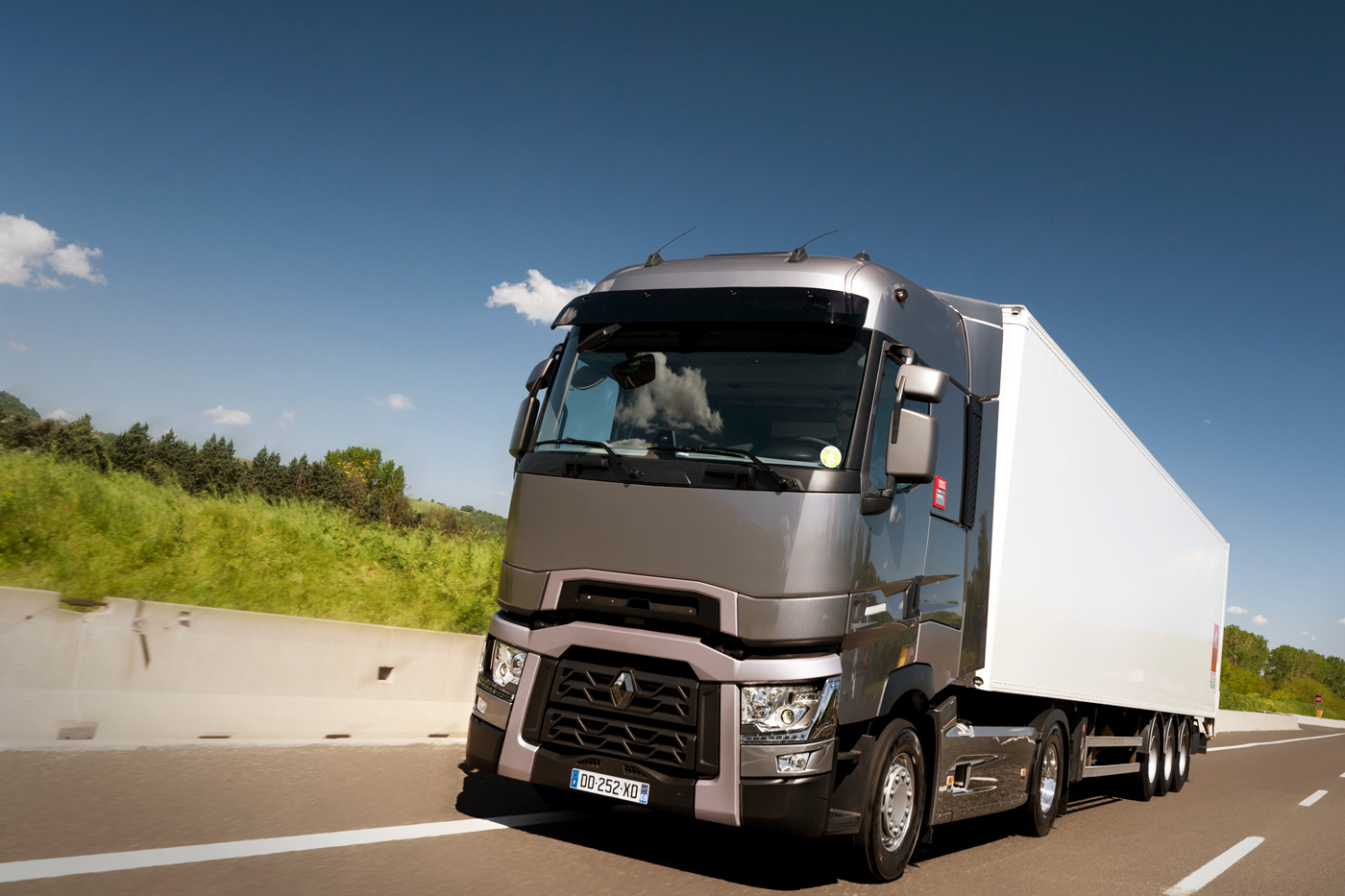
RENAULT RANGE T
Another new cab design secured Renault’s IToY win in 2015 – its first since the AE of 1991. Like the AE, the new Range T featured some bold styling which was initially unappealing to some. Built around the Volvo-related DTI 11 and 13 engines and Optidriver transmissions, the Range T tractors replaced the Premium models, with the flat-floor High Sleeper superseding the venerable Magnum as part of “one of the most significant launches in the last few years”.

Iveco Eurocargo
The new Eurocargos spanned the 7.5- to 18-tonne rigid segment and boasted the Daily “family smile” and city-friendly contours that the judges like. Also meeting the jury’s approval in 2016 were the Hi-SCR single exhaust aftertreatment system, four- and six-cylinder engines with CNG option, the AS-Tronic transmission, and the new centre console. This new “office on the move” was pre-configured to integrate with smartphones, tablets, and GPS-based navigation systems, in addition to advanced telematics solutions.
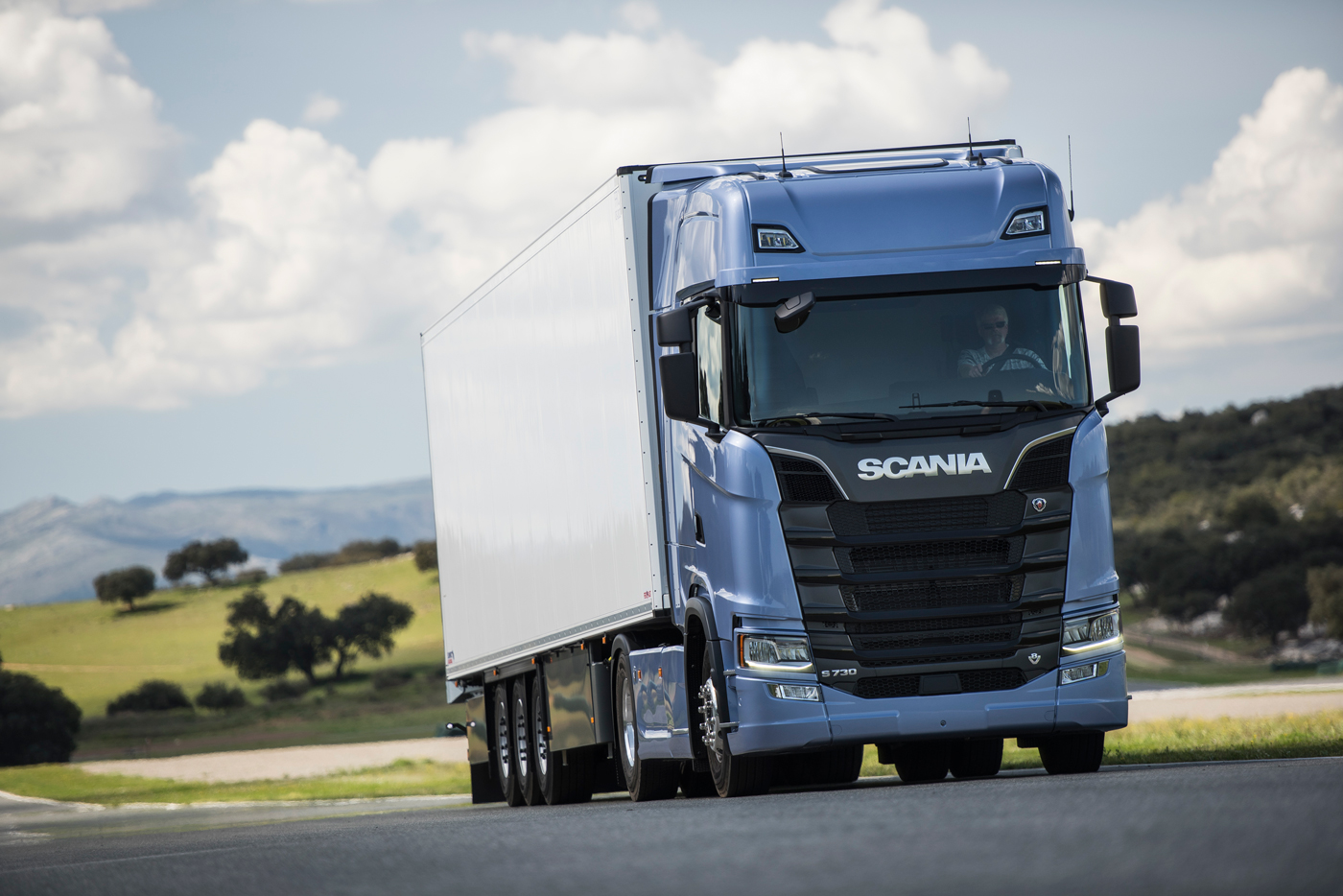
Scania Next Generation
Scania was a strong favourite when it took the 2017 IToY award. The new models were praised for their improved aerodynamics, comfort, and ergonomic design, as well as the new driver positioning which improved visibility. The win was assured by the new 13-litre in-line six-cylinder 500-hp SCR-only engine – compatible with Hydrotreated Vegetable Oil (HVO) fuelling – as well as shorter gear changes with the Opticruise transmission’s new layshaft, and tailor-made fleet management and service contracts. The S-cab was the icing on the cake.
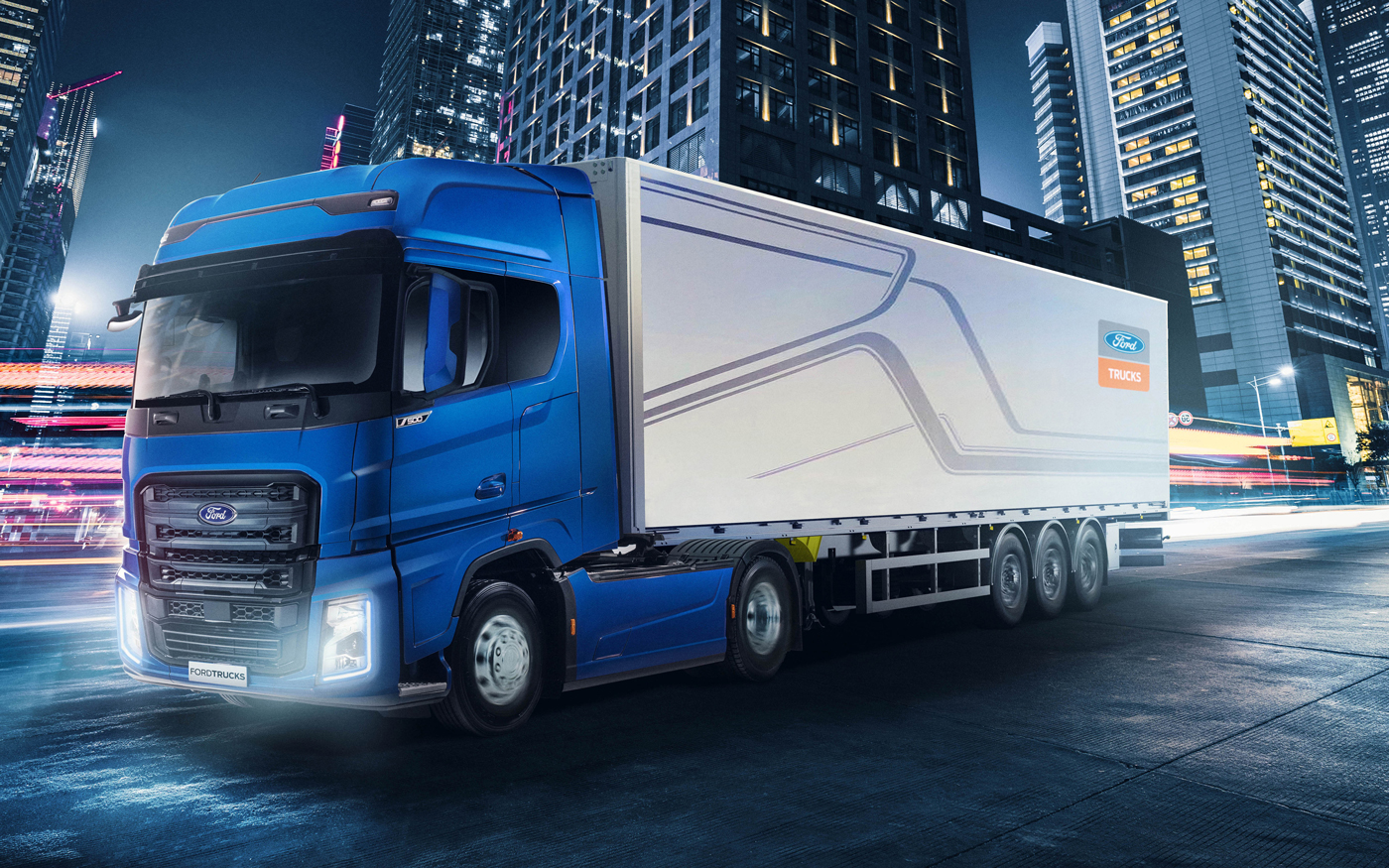
Ford F-Max
In an IToY first, a manufacturer from outside western Europe earned the accolade, with the Turkish Ford F-Max pipping the Scania L- and P-series to the post. The F-Max is powered by the 12.7-litre 500-hp Ford Eco-Torq in-line six-cylinder Euro 6 engine matched to a ZF TraXon ’box. The judges approved of the Ford’s driver-friendly long haul cab, and special mention was made of the adaptive and predictive cruise control functionality.
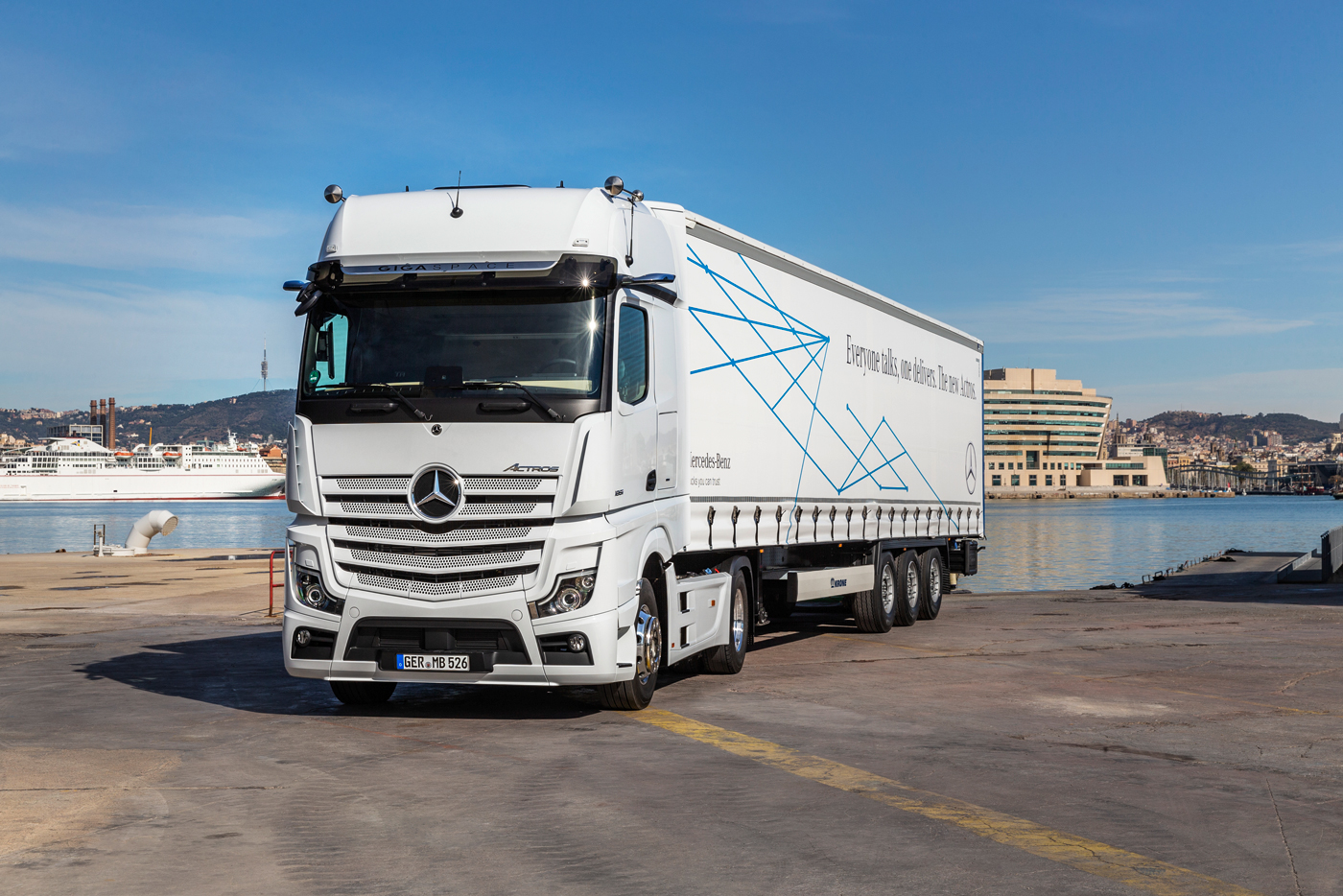
Mercedes-Benz Actros
Continuing the tradition of cutting-edge technology – and IToY success – the Actros picked up an unprecedented fifth win in 2020. On this occasion, electronic technology was truly at the forefront of the judge’s decision; the MirrorCam and Active Drive Assist Systems, Predictive Powertrain Control, and totally digital multimedia cockpit all impressed the panel. IToY chairman Gianenrico Griffini declared the Actros “a state-of the-art, heavy-duty truck that paves the way towards autonomous driving vehicles of the future”.
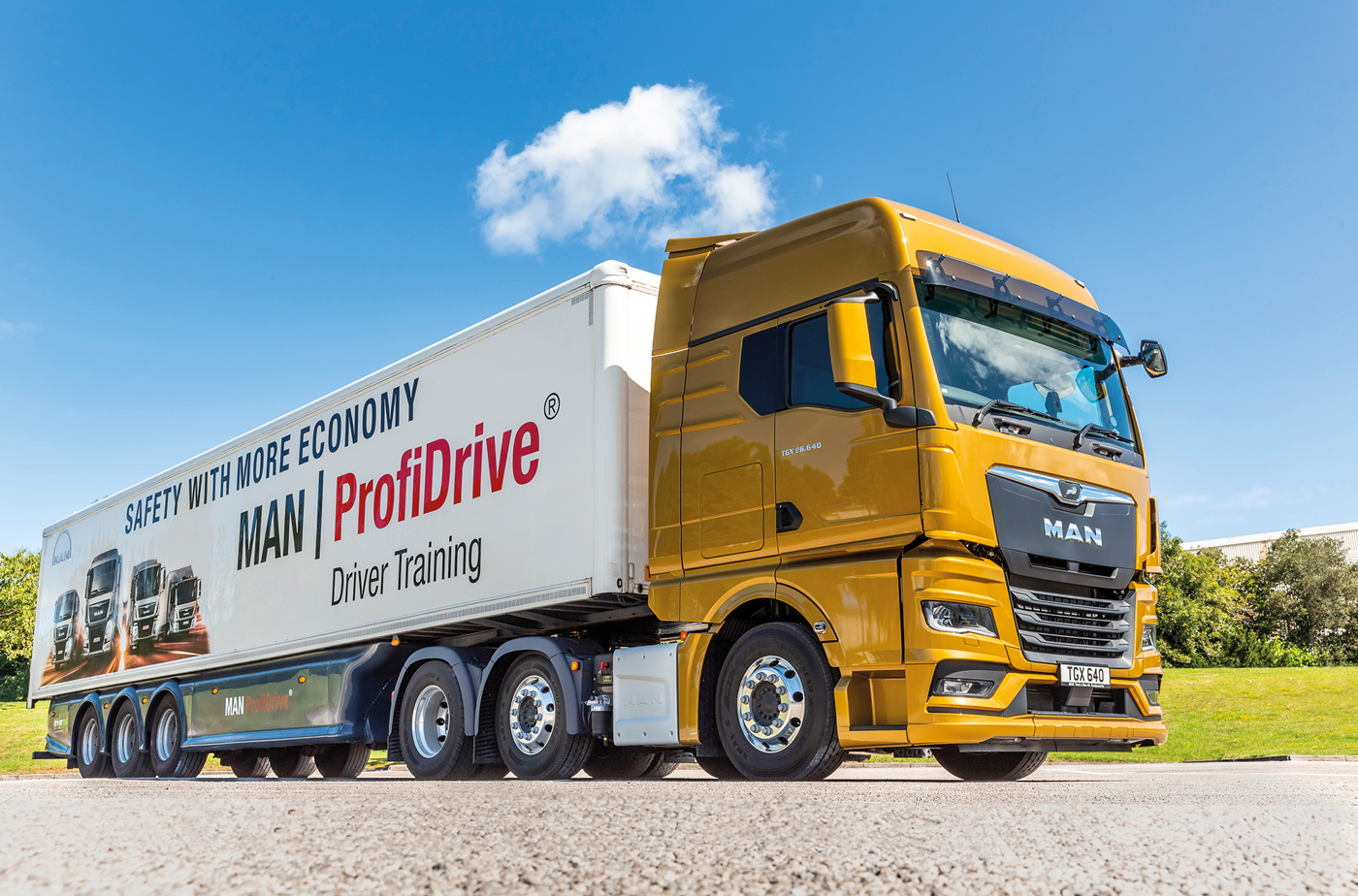
MAN TGX
MAN’s new TGX was named IToY at a virtual ceremony, but featured the traditional characteristics the judges love: an improved version of an existing design bolstered by the latest technological wizardry. In MAN’s case, the improved interior and digital instrument cluster of the TGX were recognised, along with the superior aerodynamics of the face-lifted cab. The D26 and D38 Euro 6d engines, matched to GPS-assisted cruise control and optimised drive axles, were appreciated for their frugality.
DAF NEW GENERATION XF, XG, AND XG+
DAF’s New Generation of XF, XG, and XG+ claimed the IToY crown in 2022. The new family of trucks was the first to take advantage of the EU’s new masses and dimensions regulations, which allowed its designers to start with a completely clean sheet of paper. As the late Ron Borsboom, director of product development at DAF Trucks, said: “We couldn’t take our existing cab and make it longer, so we started from scratch. This was a unique opportunity for us, to design and build a completely new class of truck.” This represented DAF’s sixth win to date.
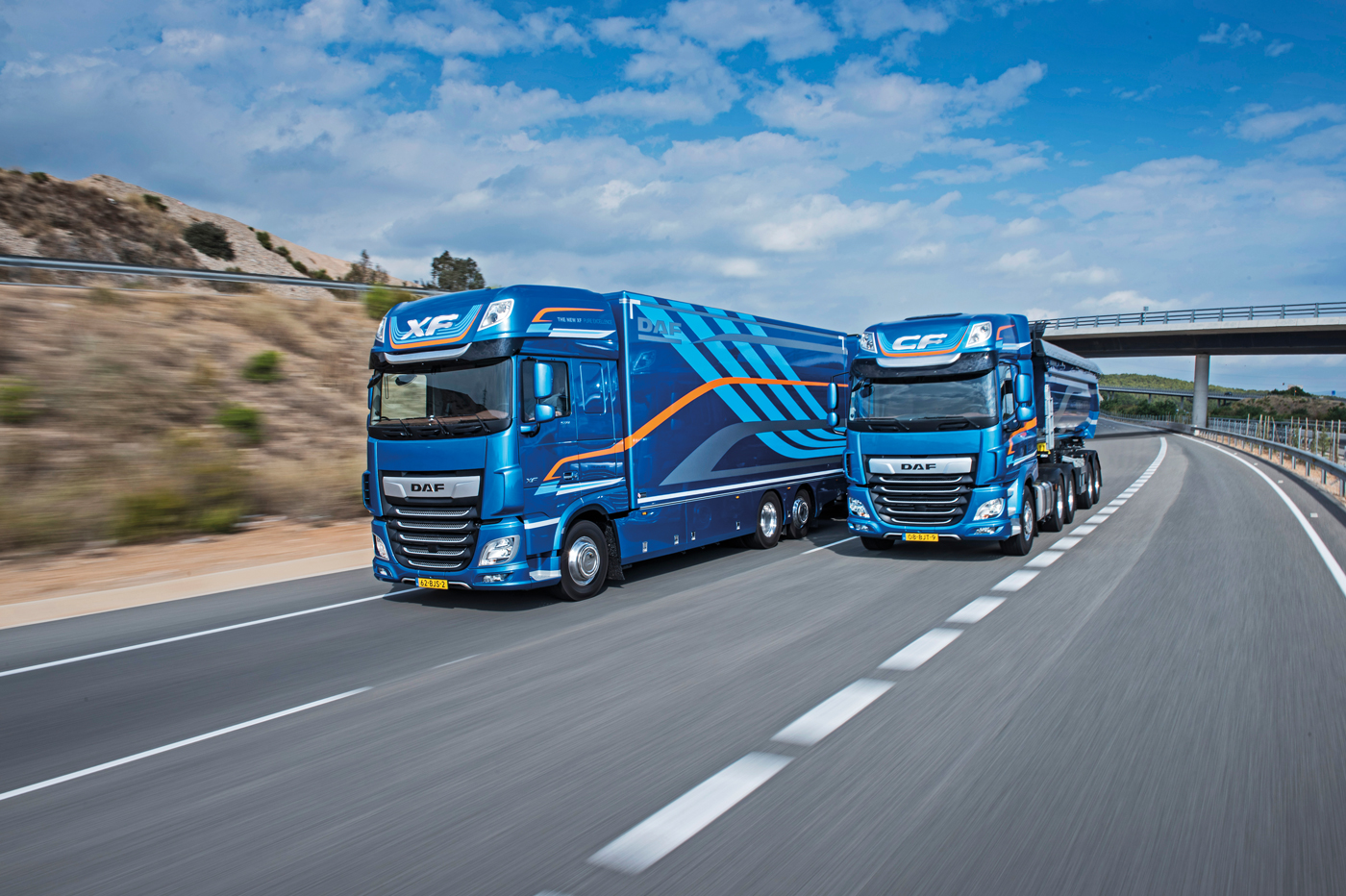
DAF XD SERIES
Making it two in a row, DAF’s XD series was elected IToY 2023 by a jury of 24 journalists and editors. With a winning score of 134 votes, the Dutch truck manufacturer’s distribution series fought off tough challenges from Scania’s new Super long haul driveline range and Mercedes-Benz’s heavy-duty Actros equipped with the third-generation OM 471 engine. “With the introduction of the new XD series, DAF has delivered a state-of-the-art distribution truck family that sets a new benchmark in the automotive industry. Moreover, the new XD is also a suitable platform for the coming generation of battery electric vehicles (BEVs), to be introduced at the IAA Transportation,” noted Griffini.
The winner of the 2024 award will be announced on 22 November at the Solutrans exhibition in Lyon, France.
- This article by Richard Stanier first appeared in the UK’s leading commercial vehicle magazine, Commercial Motor. Additional reporting by Will Shiers, editor of Commercial Motor and UK IToY jury member.
Published by
Focus on Transport
focusmagsa

